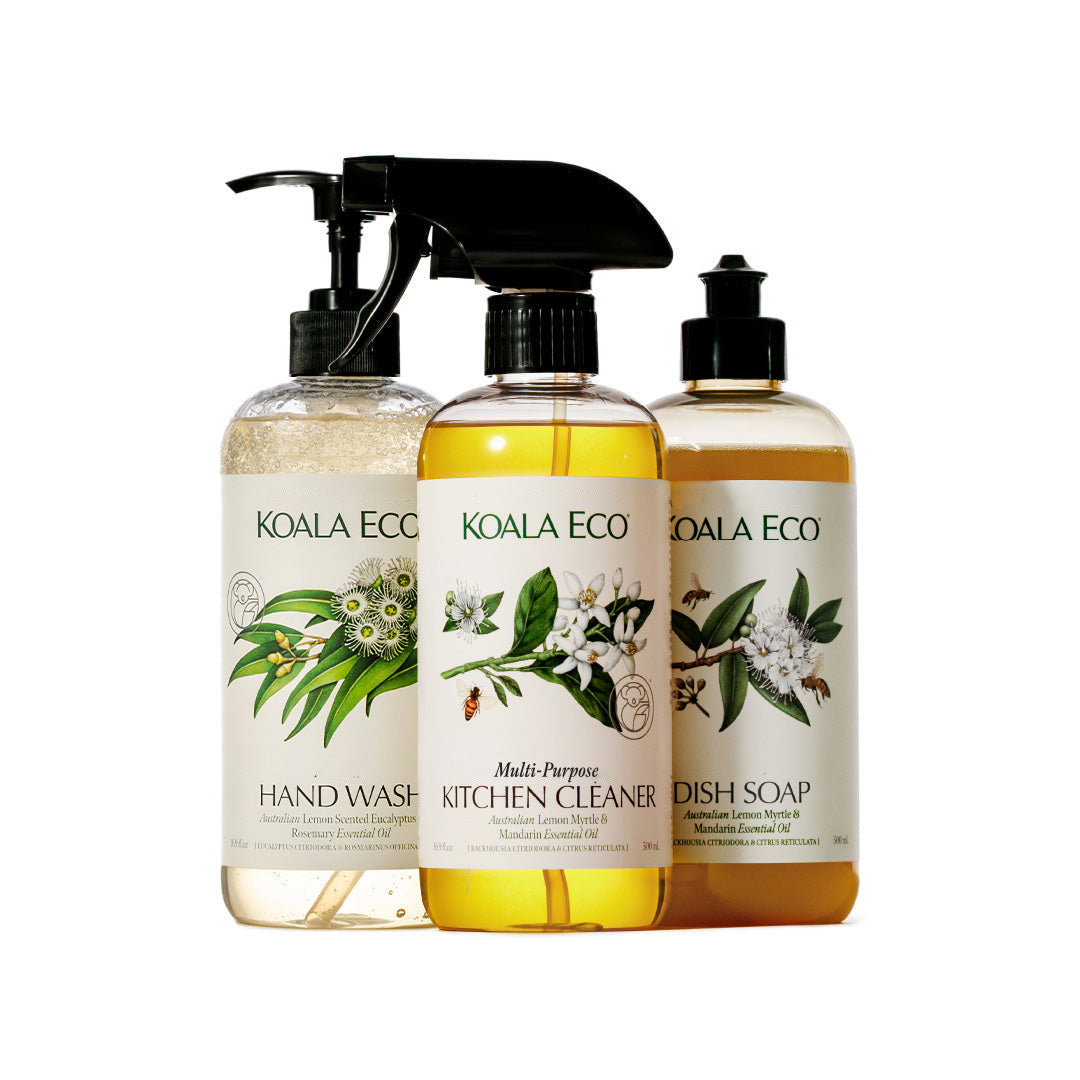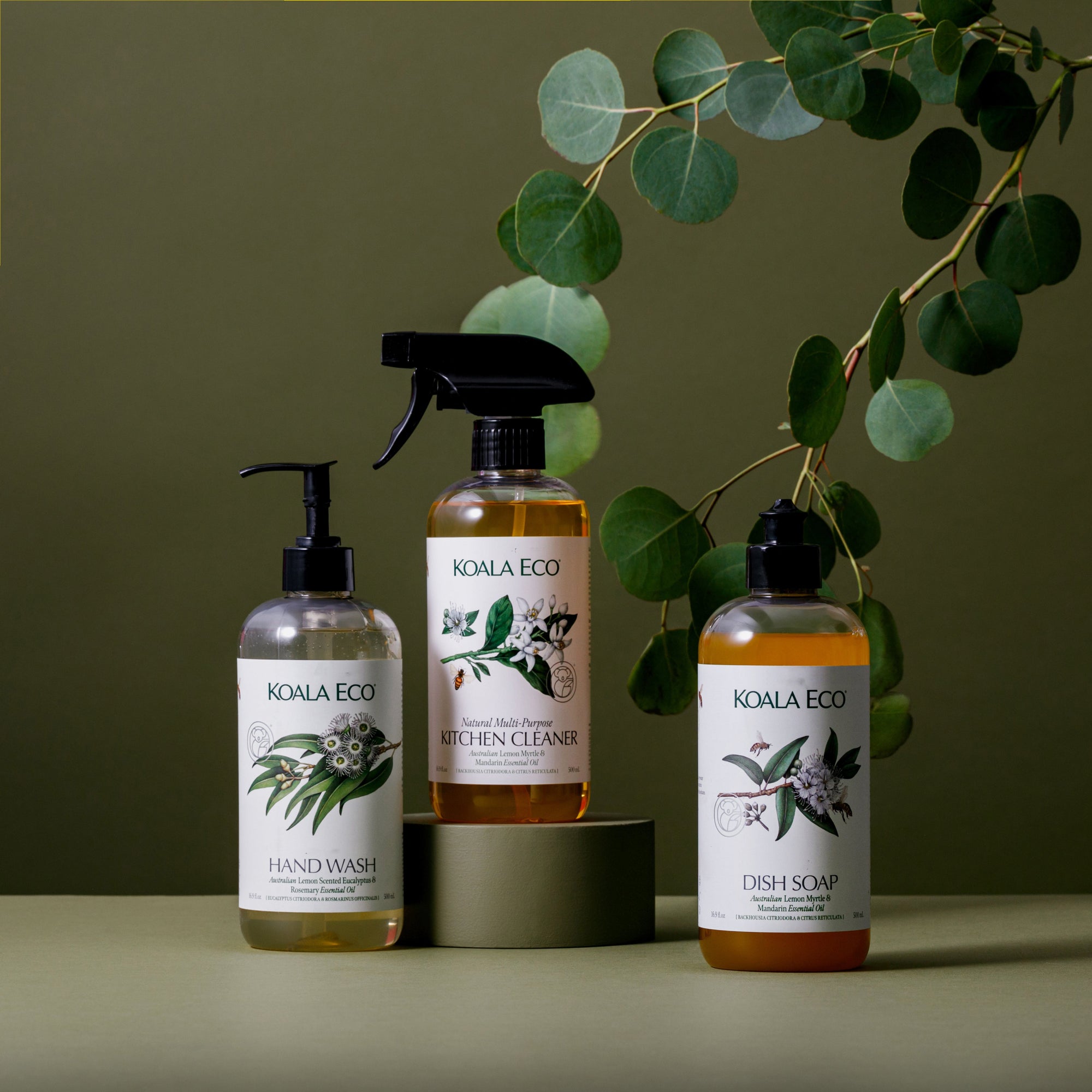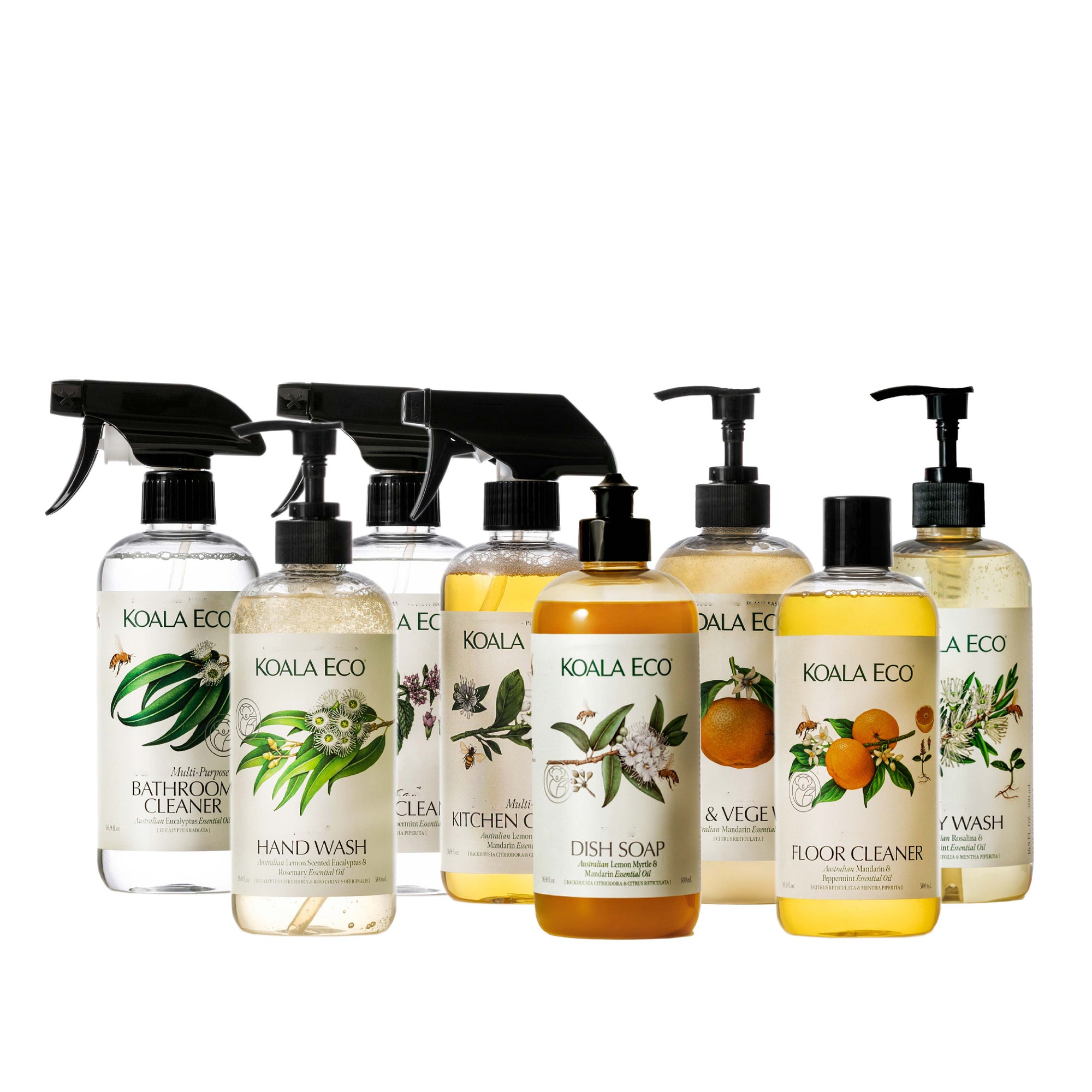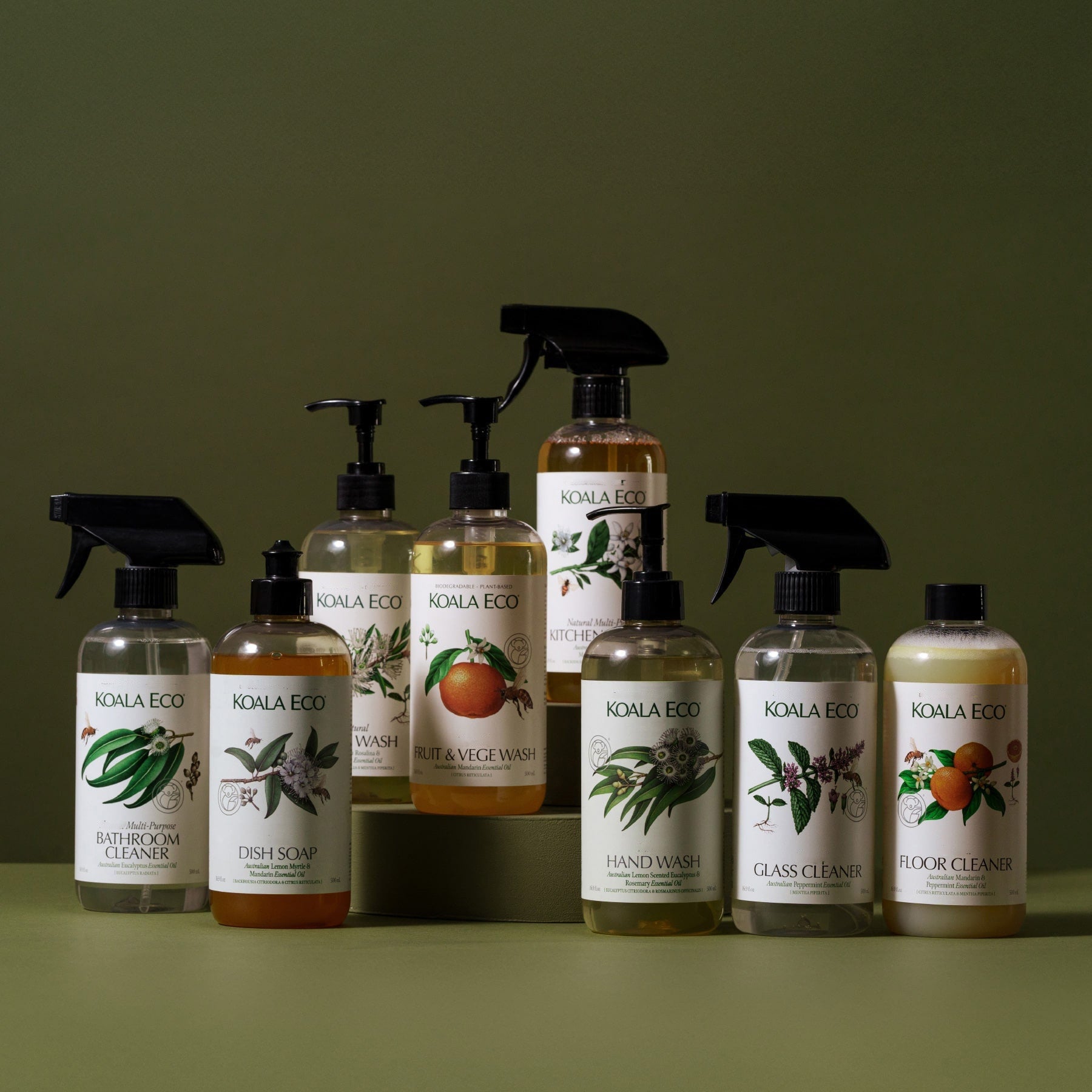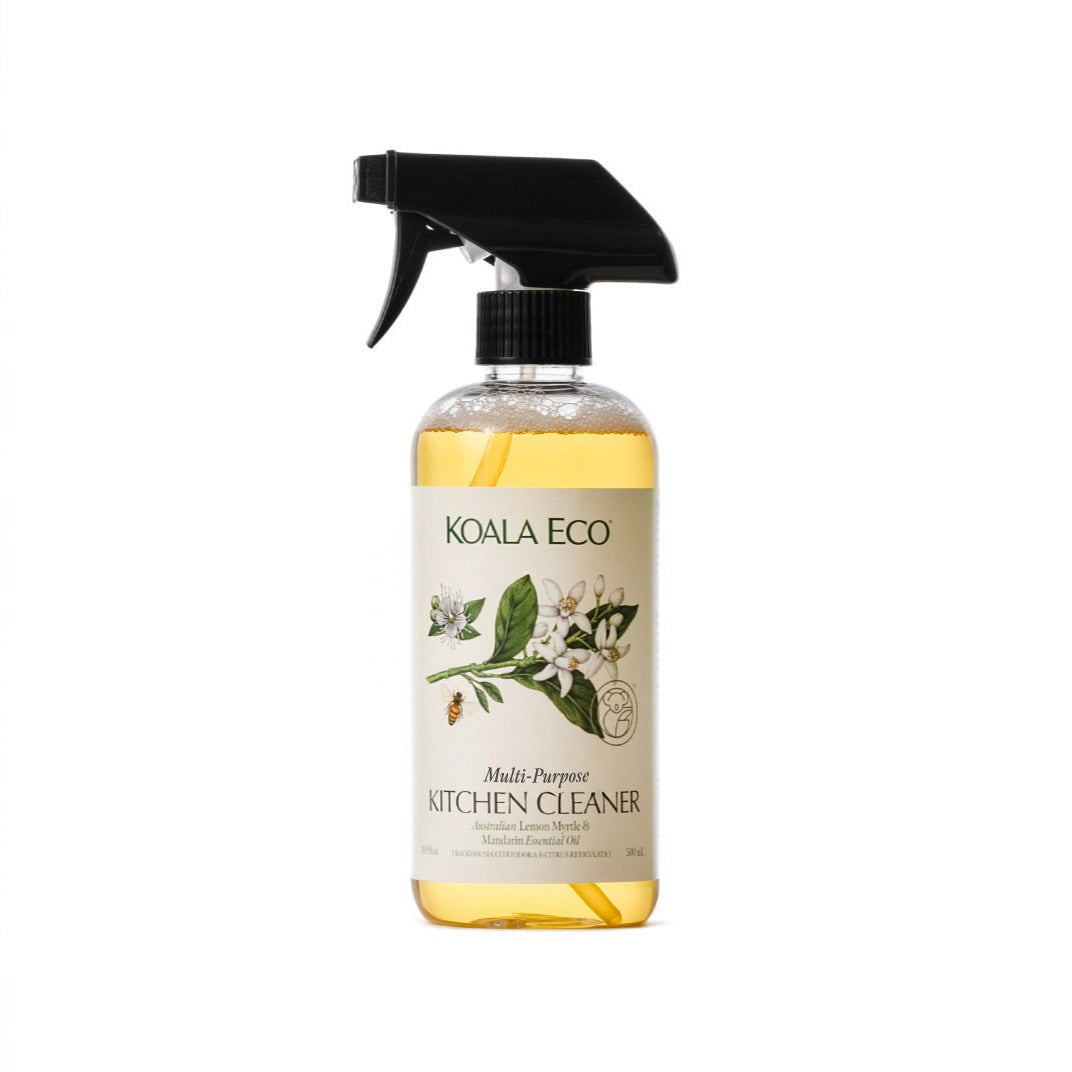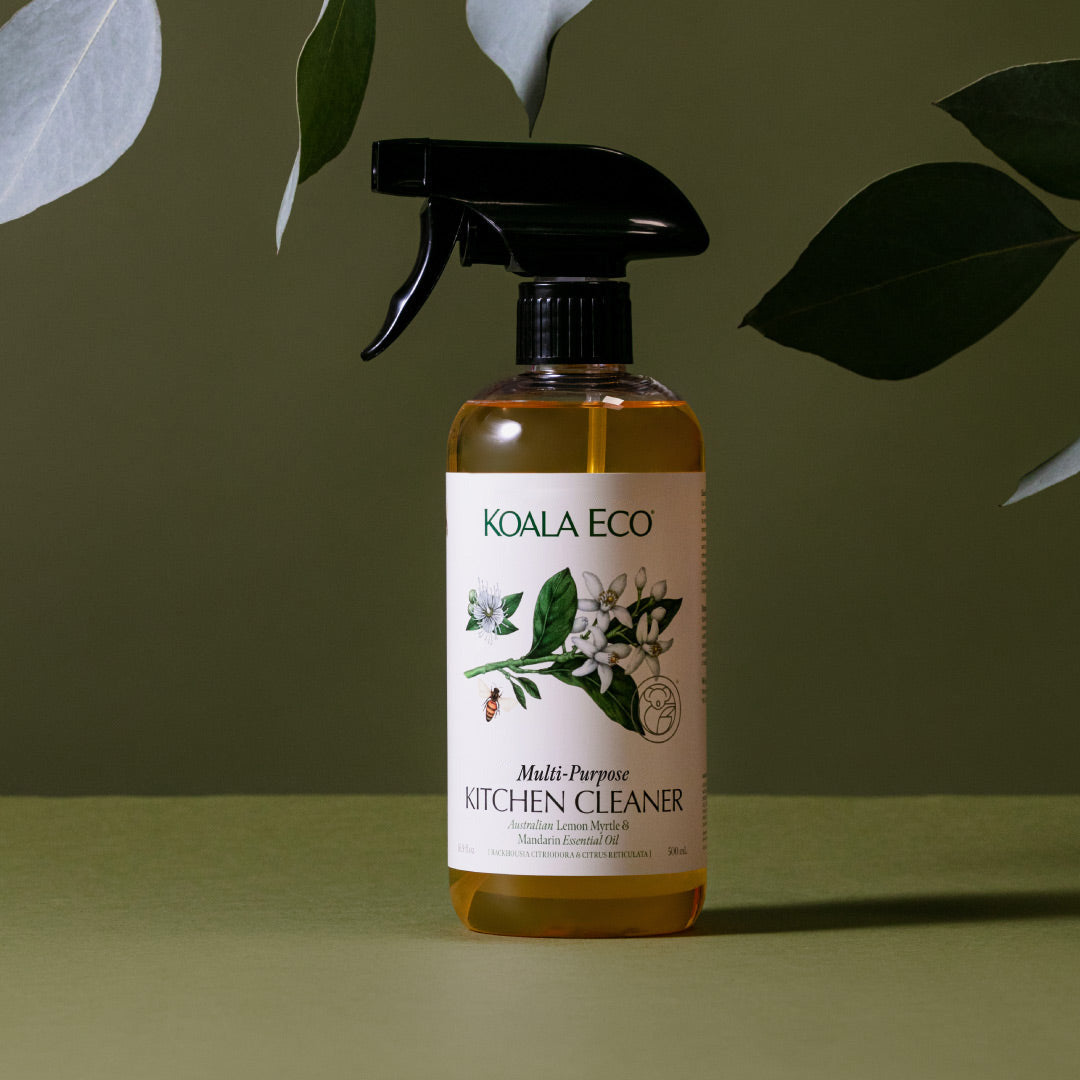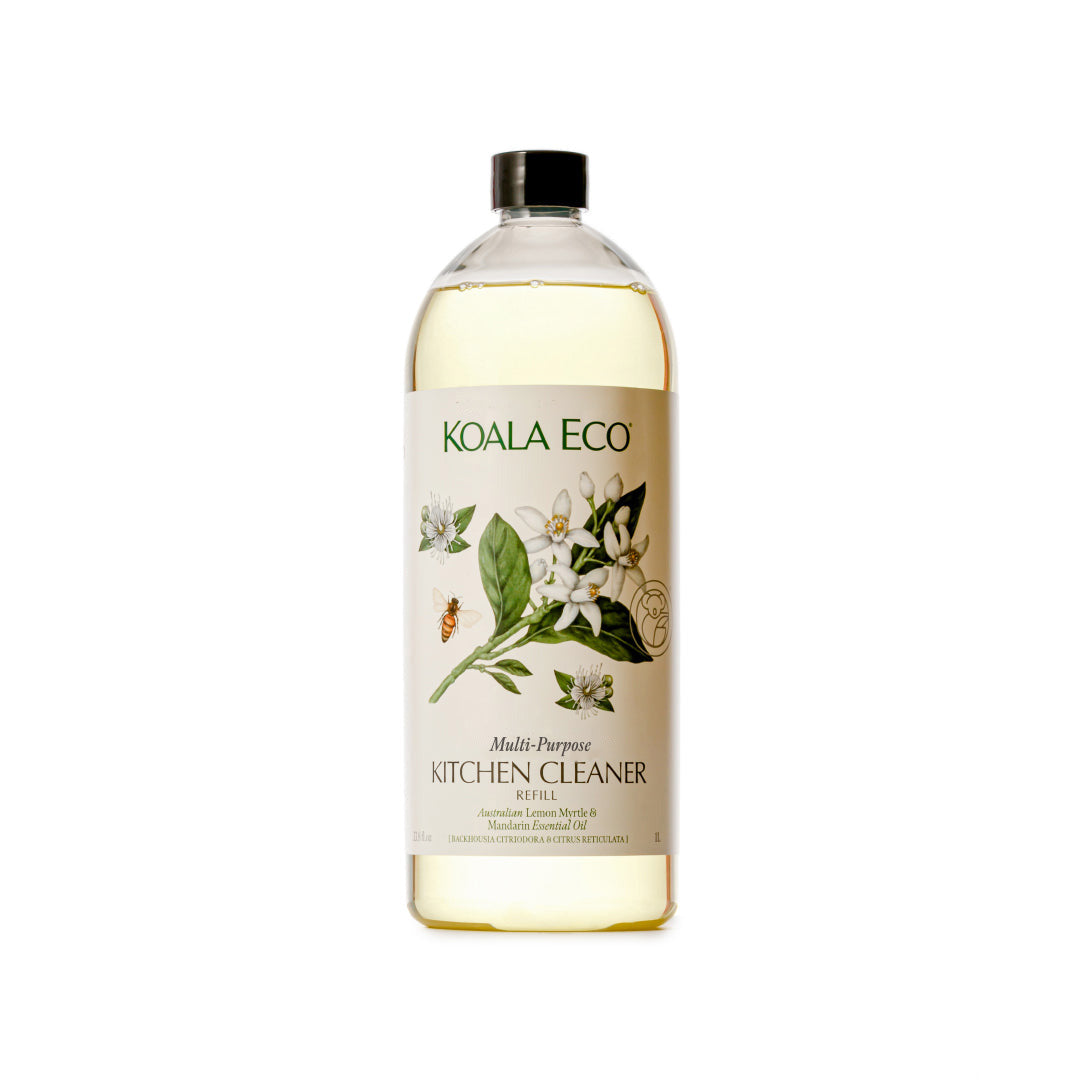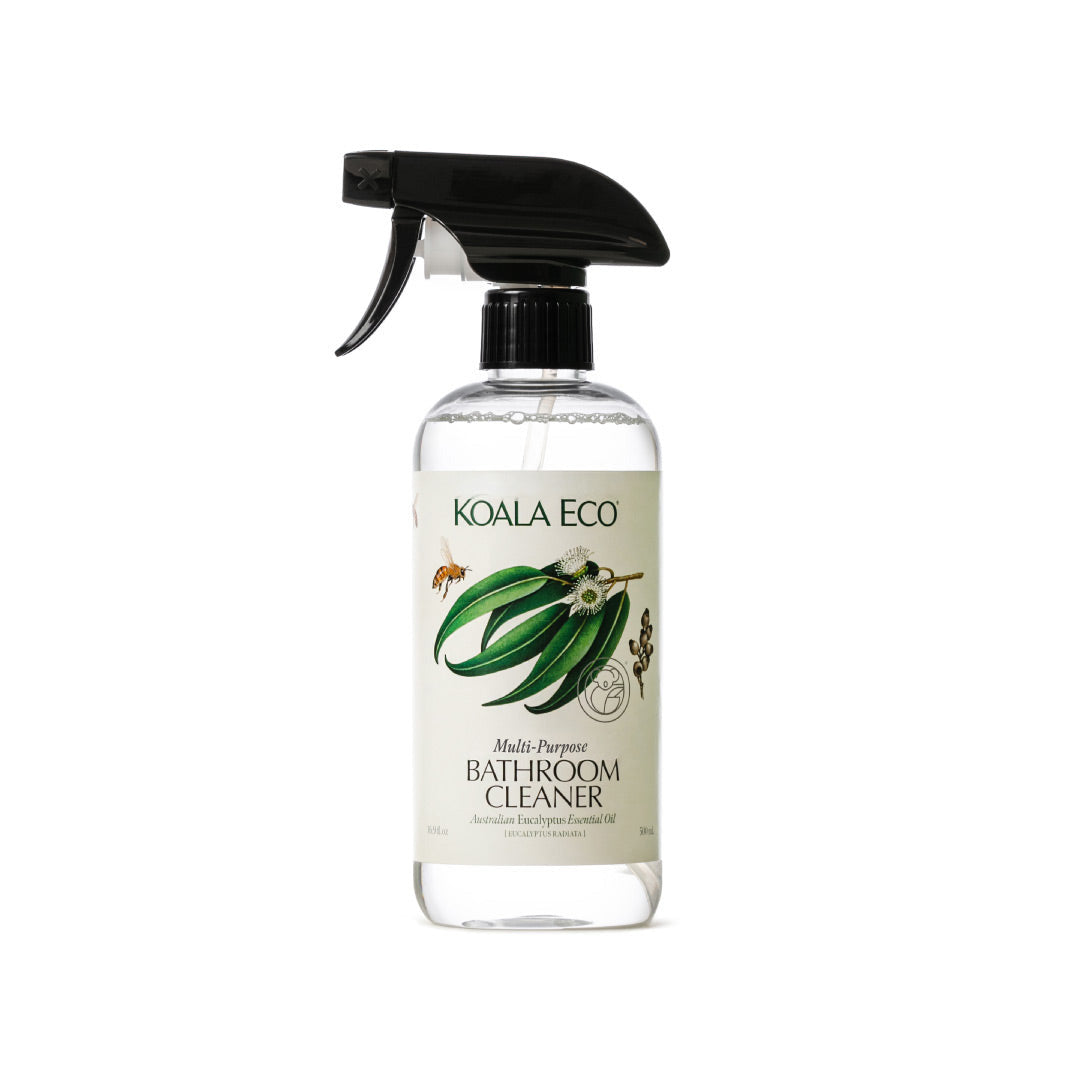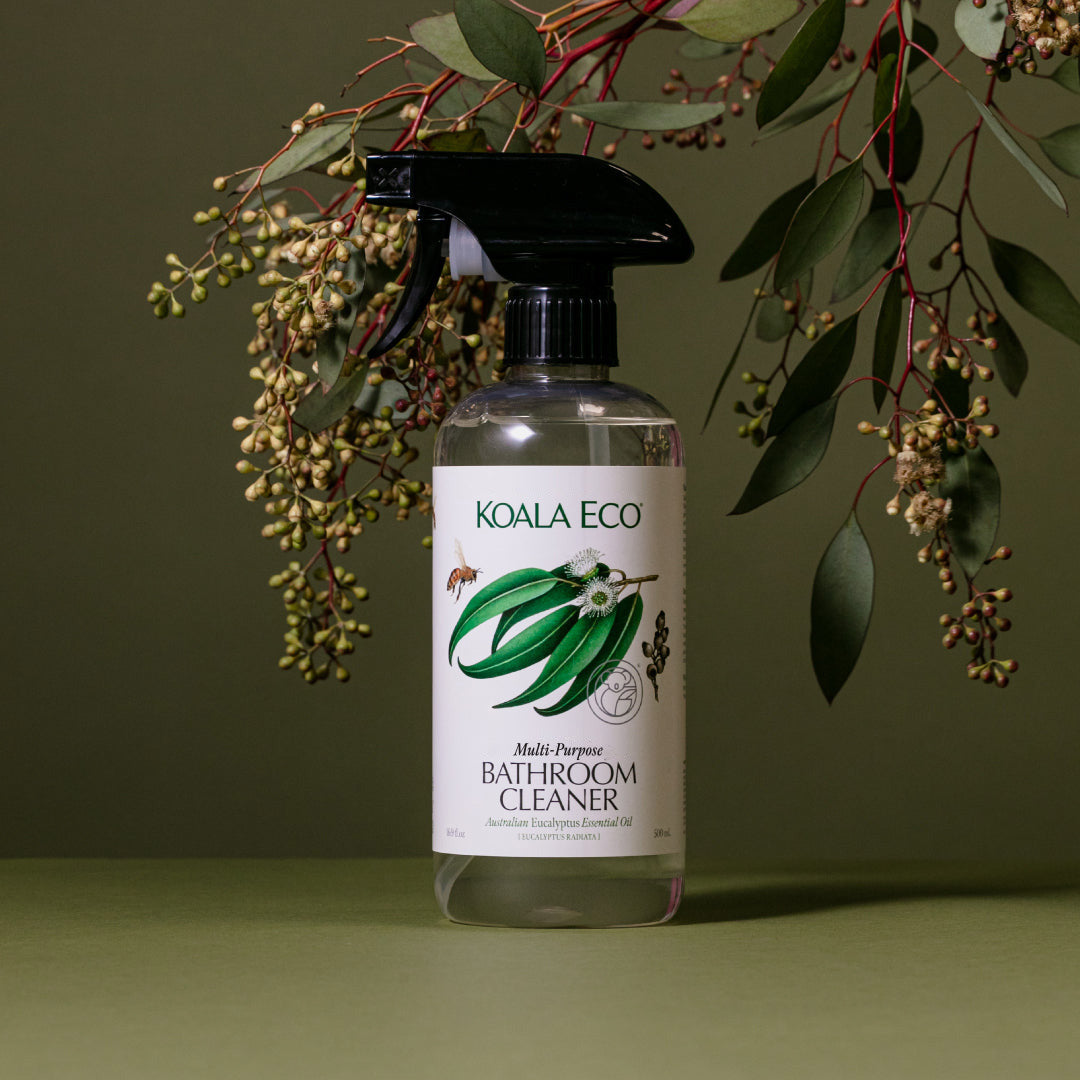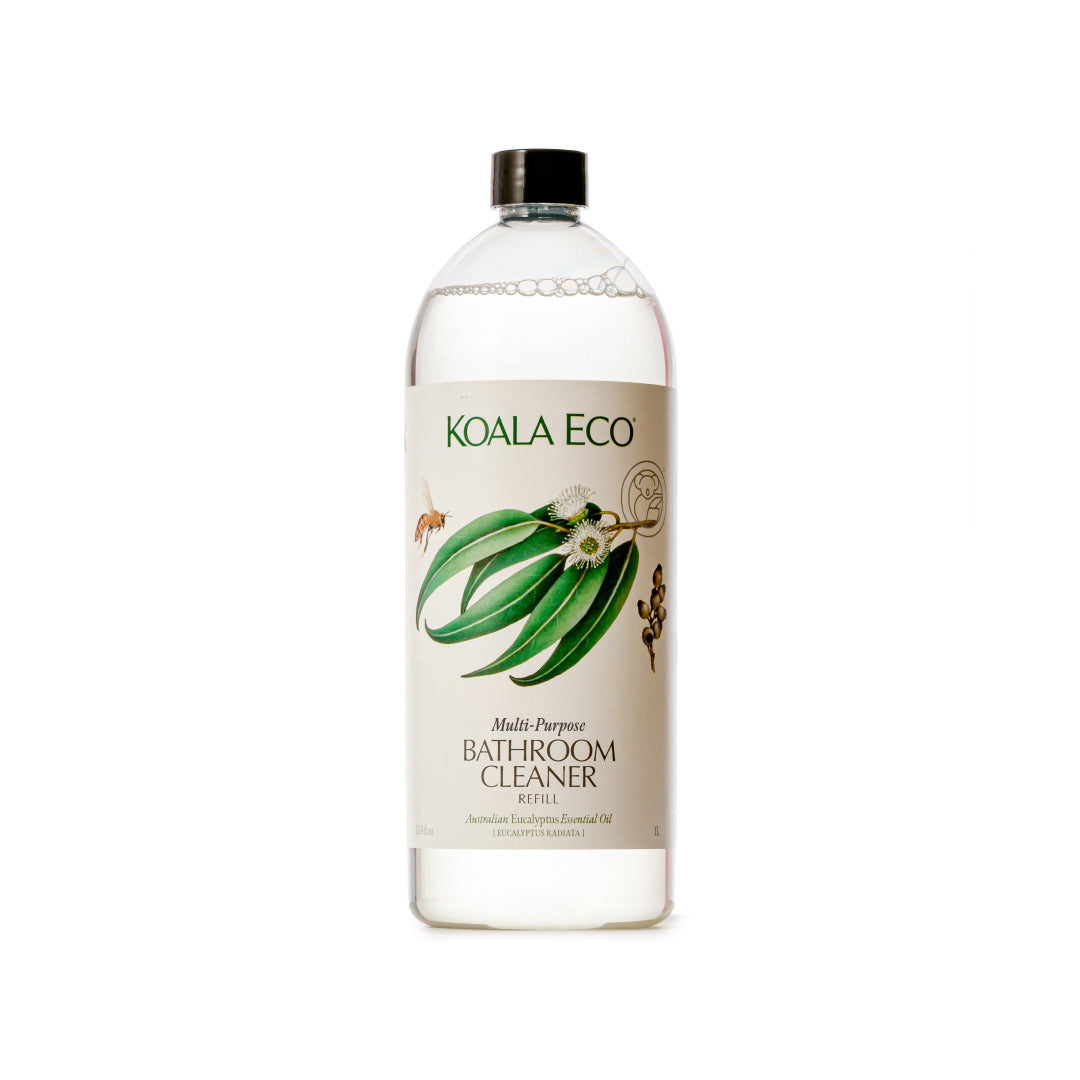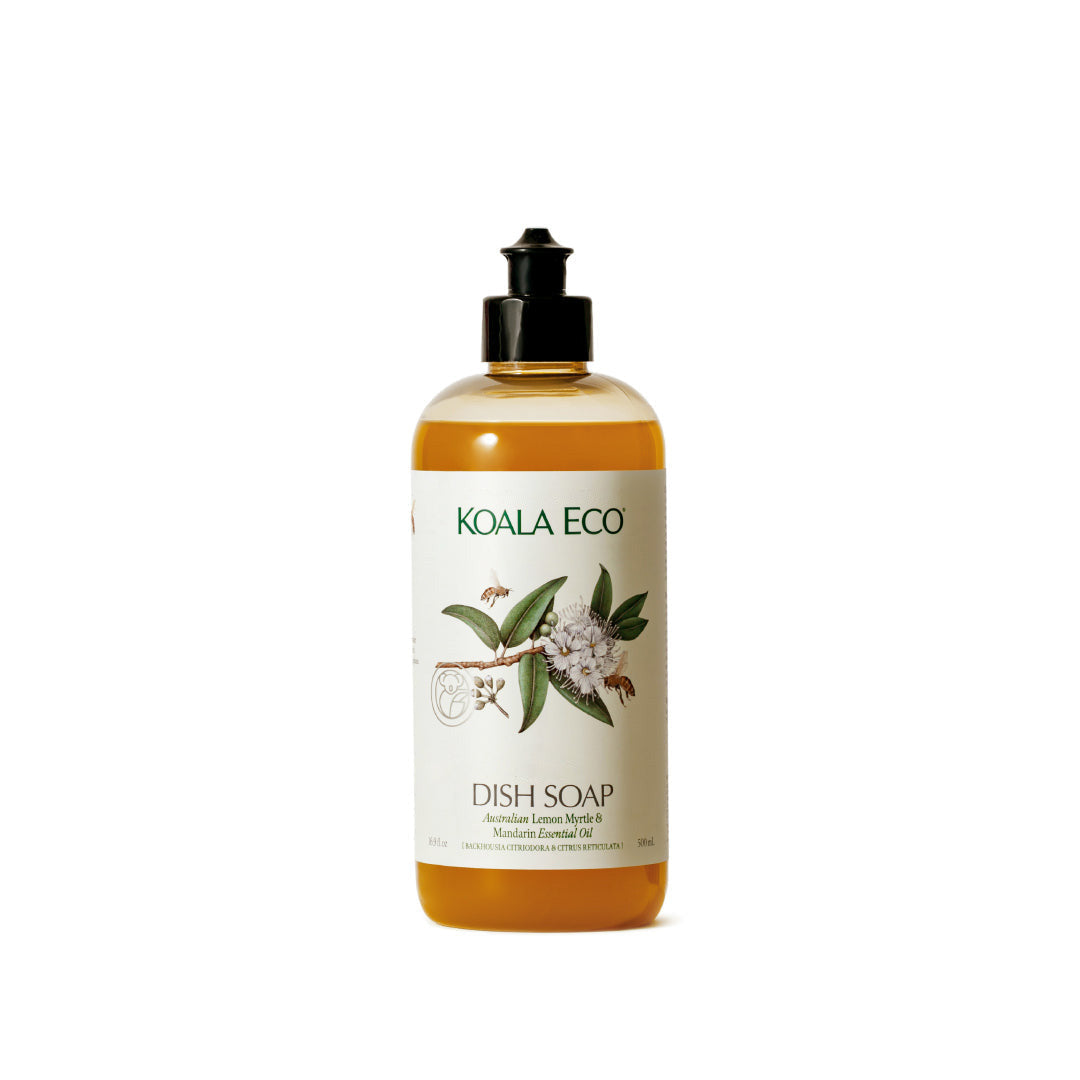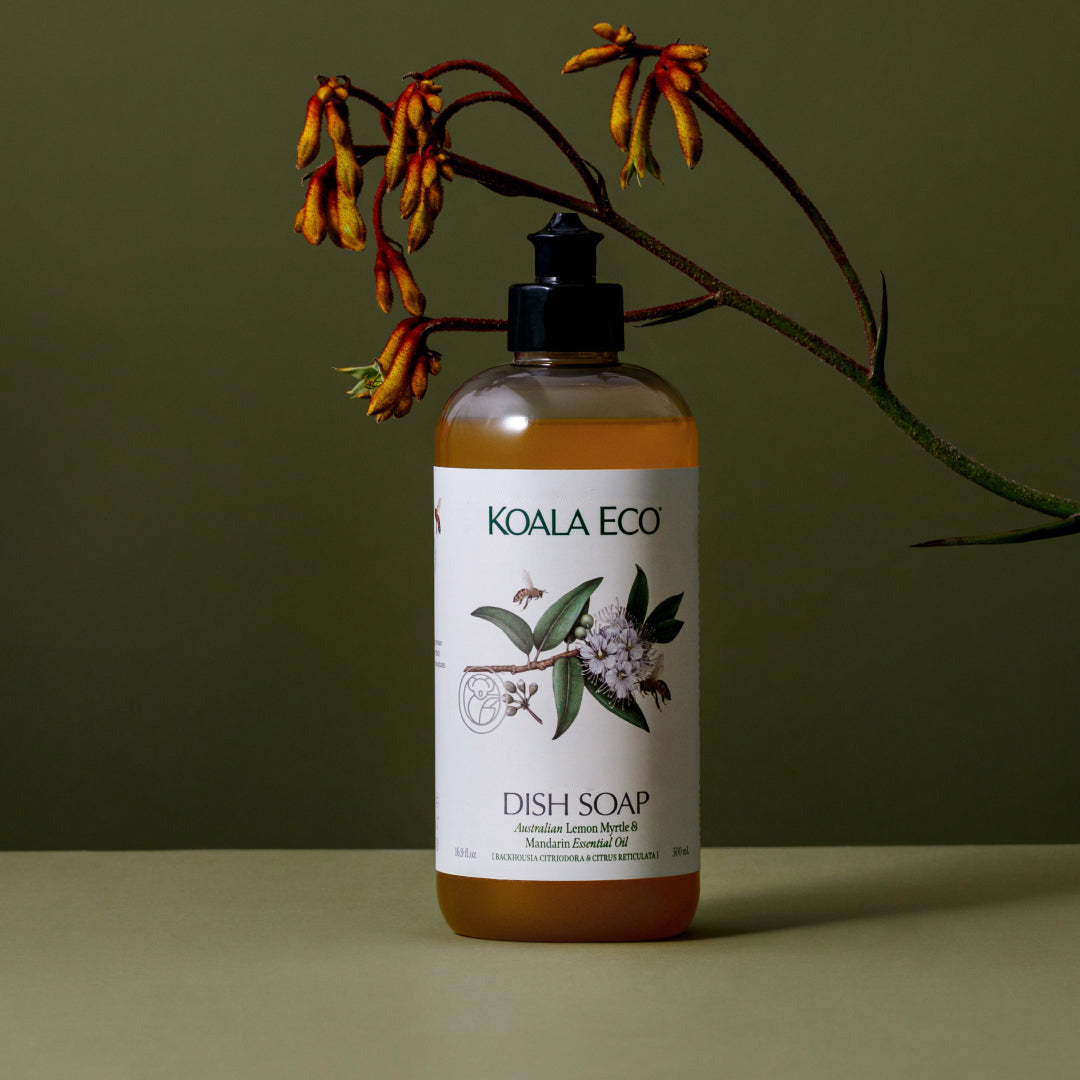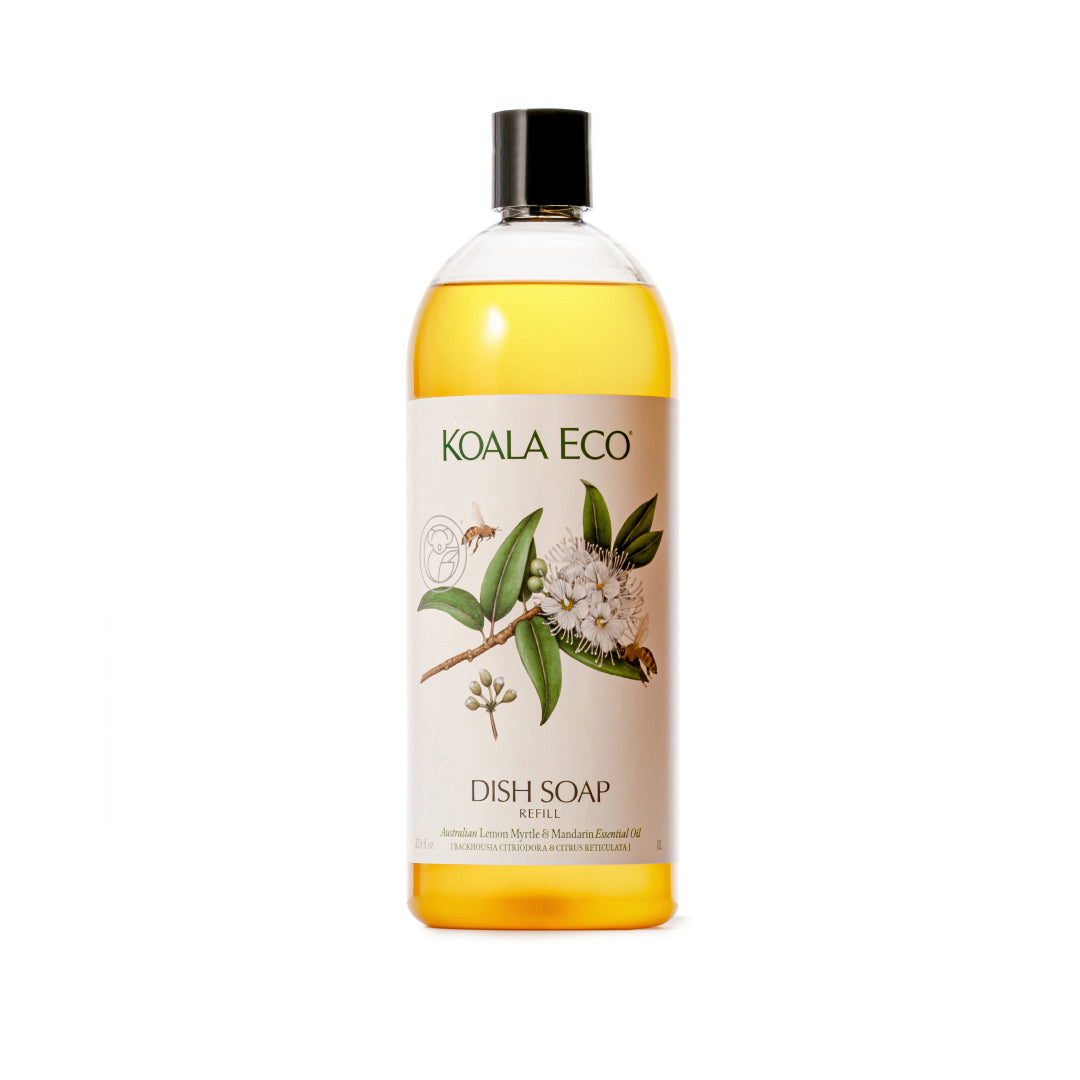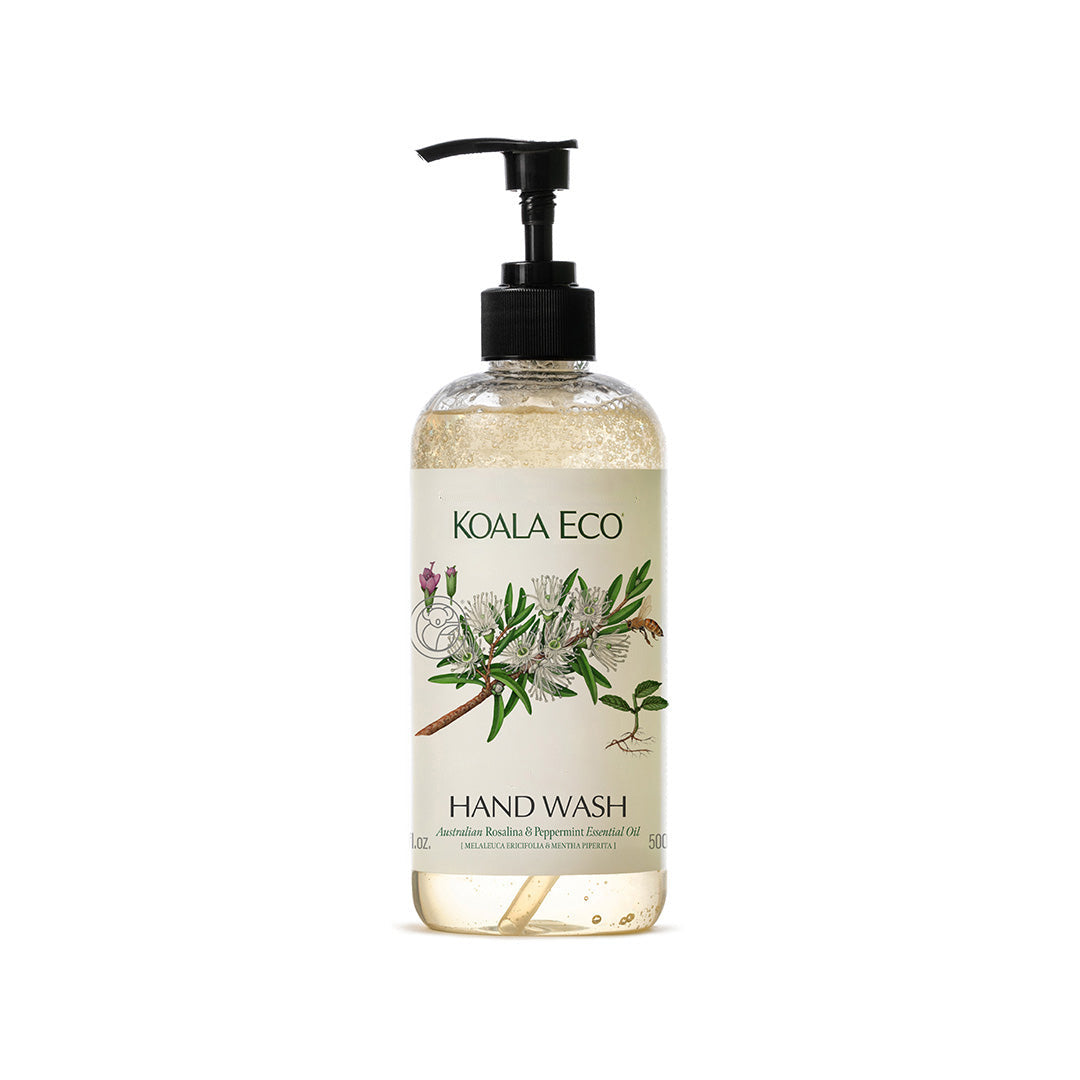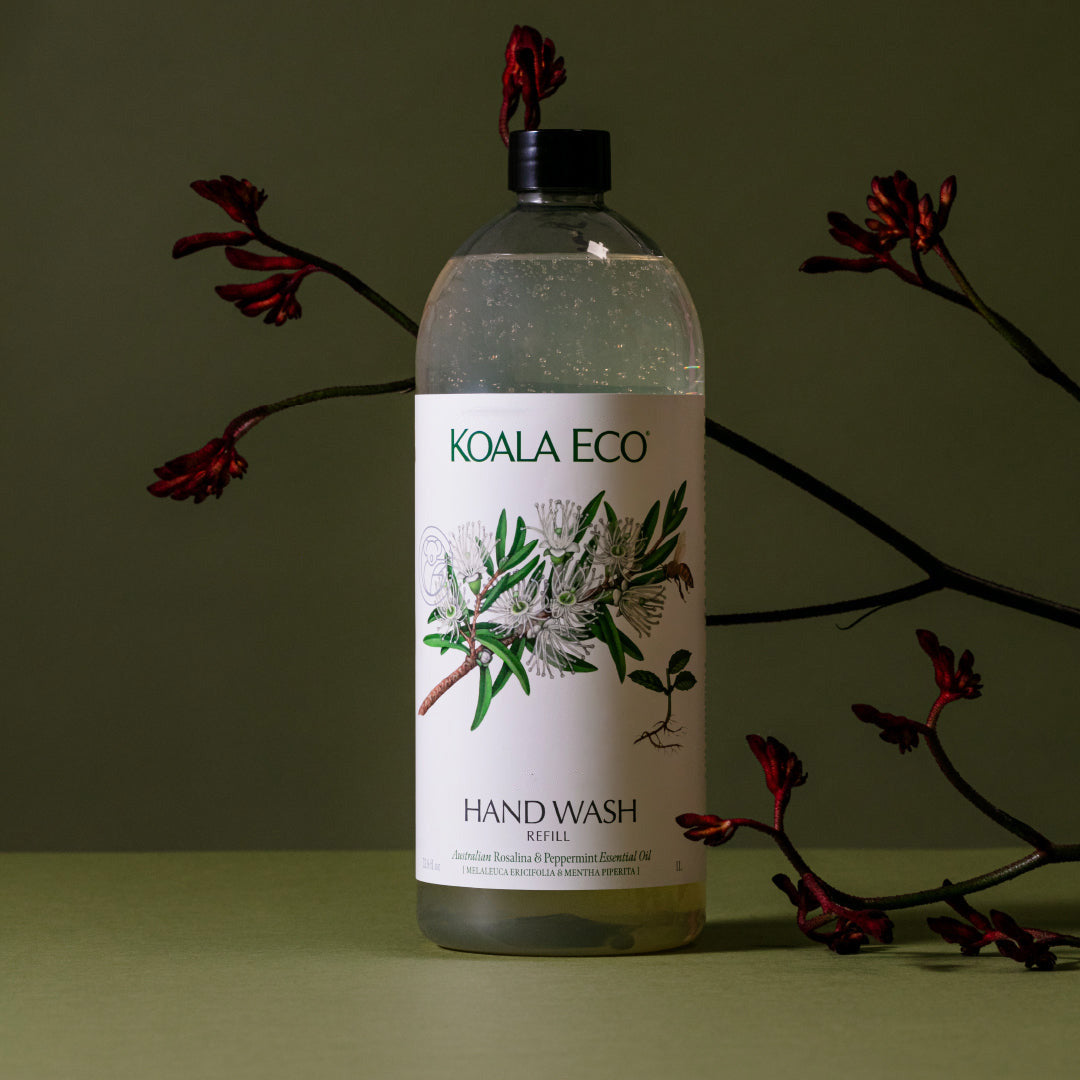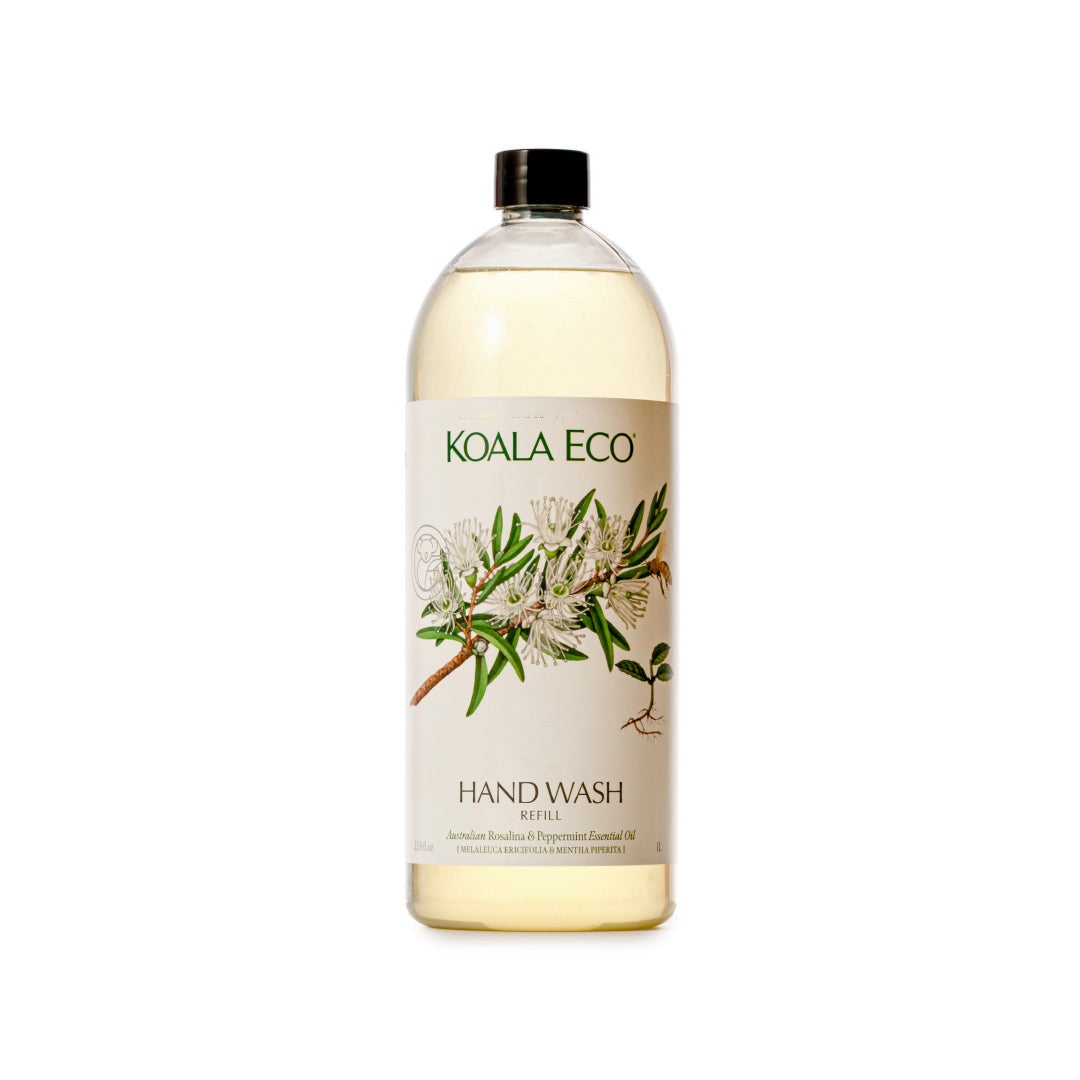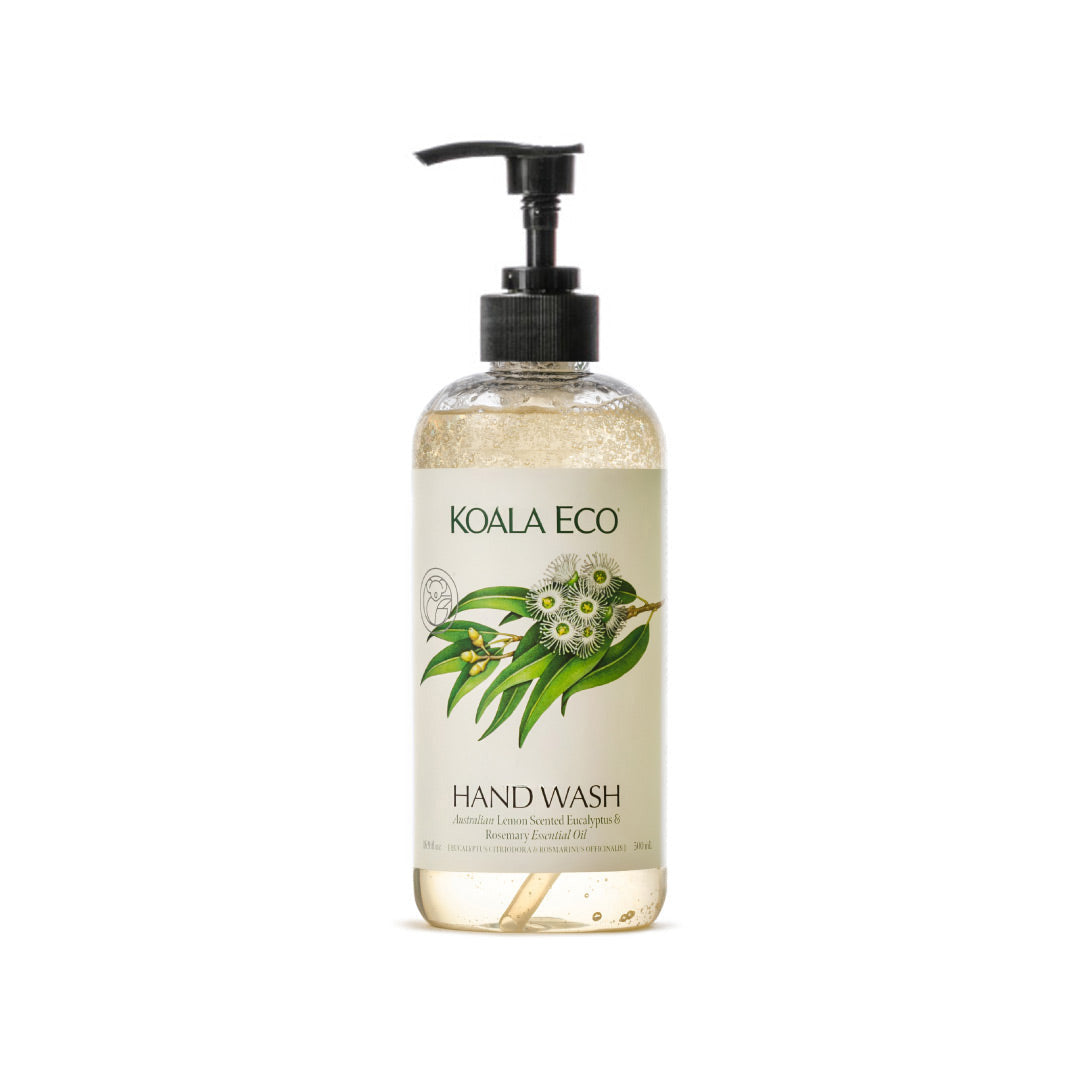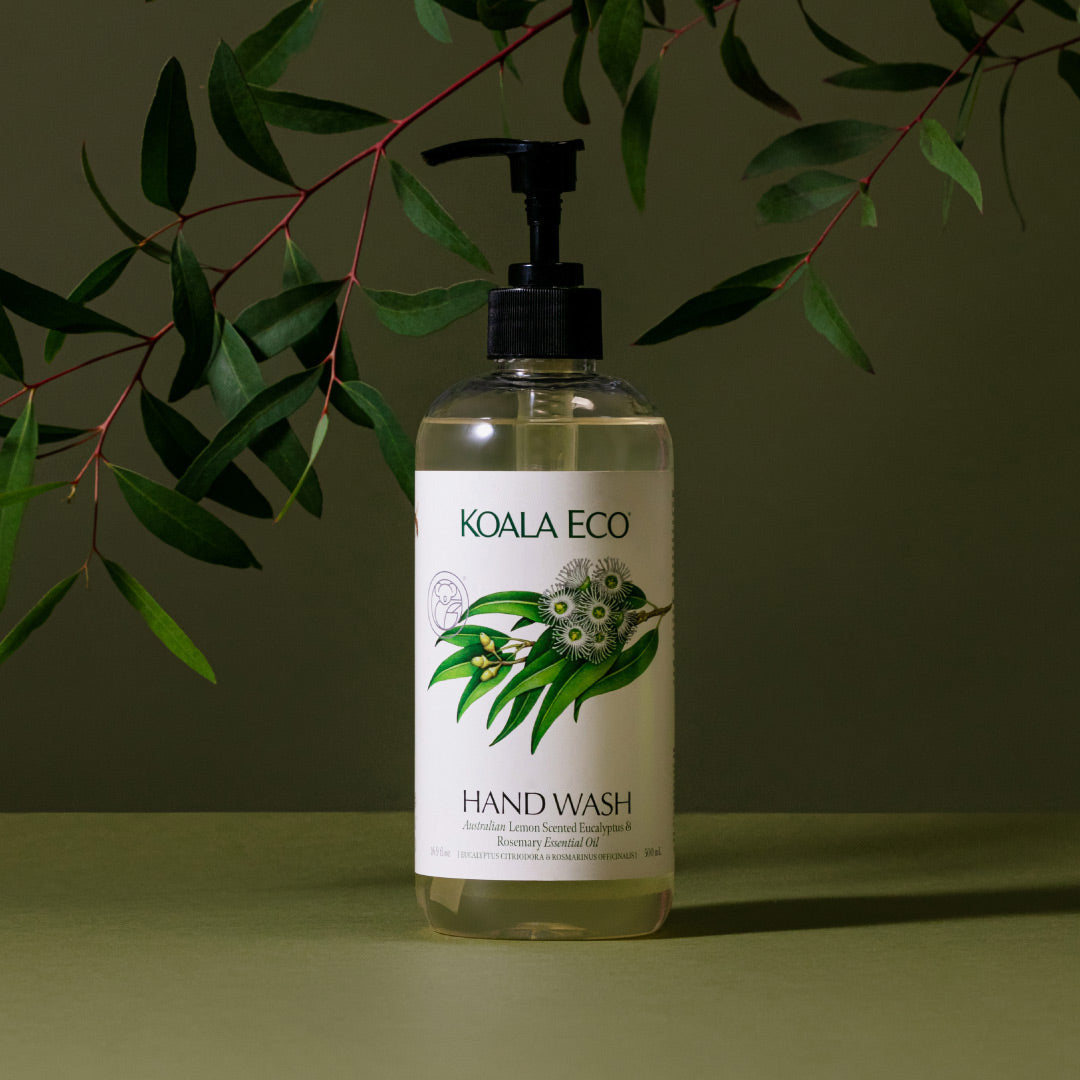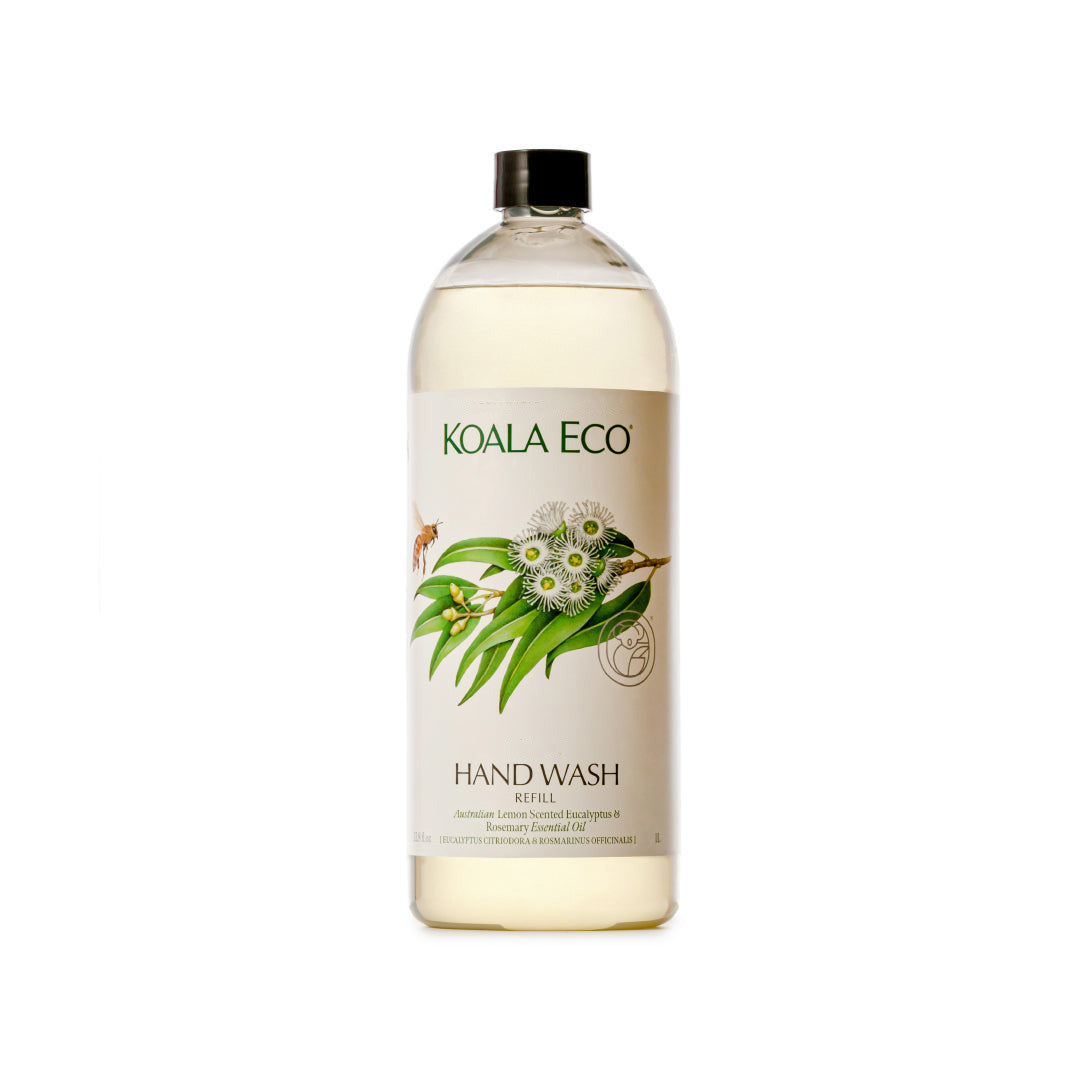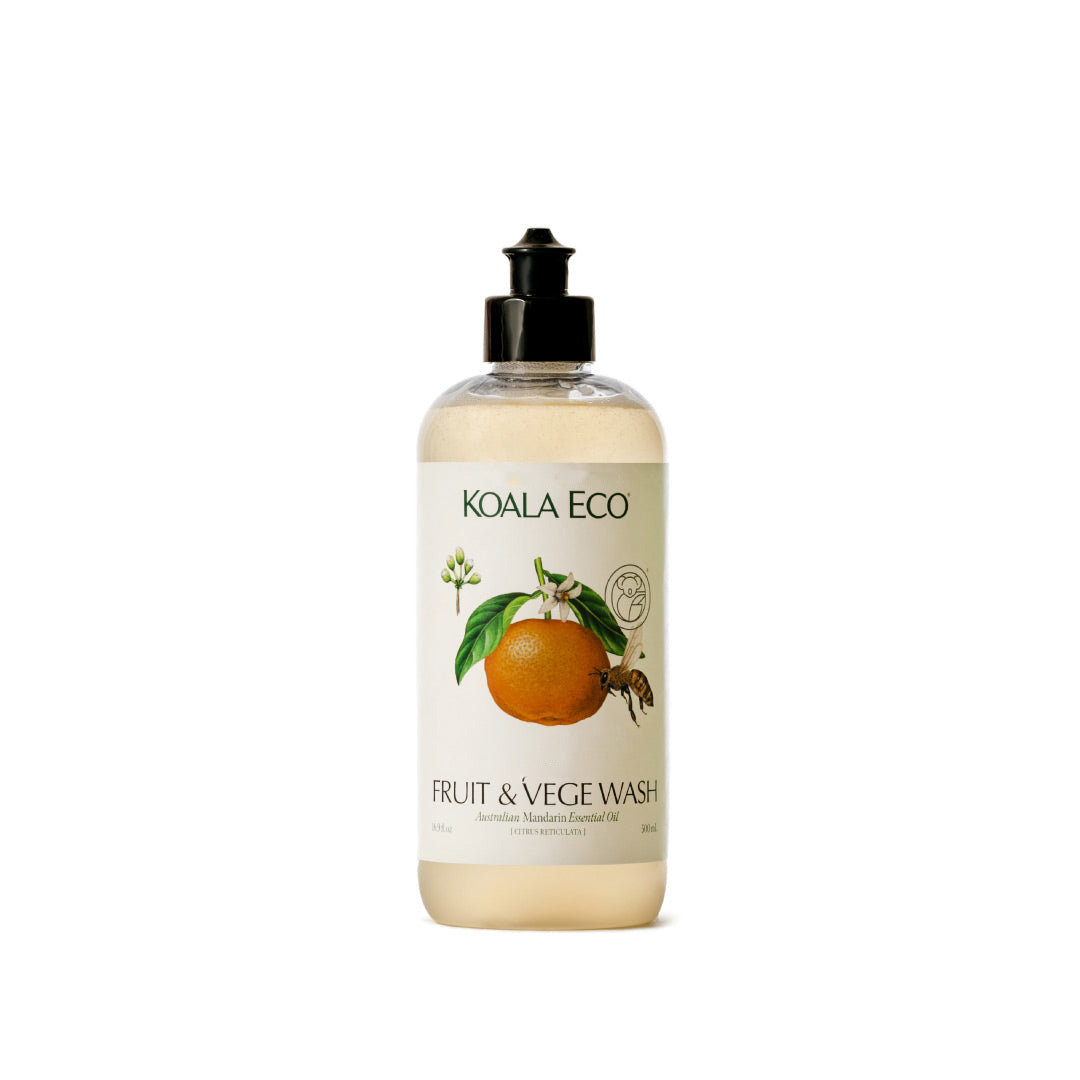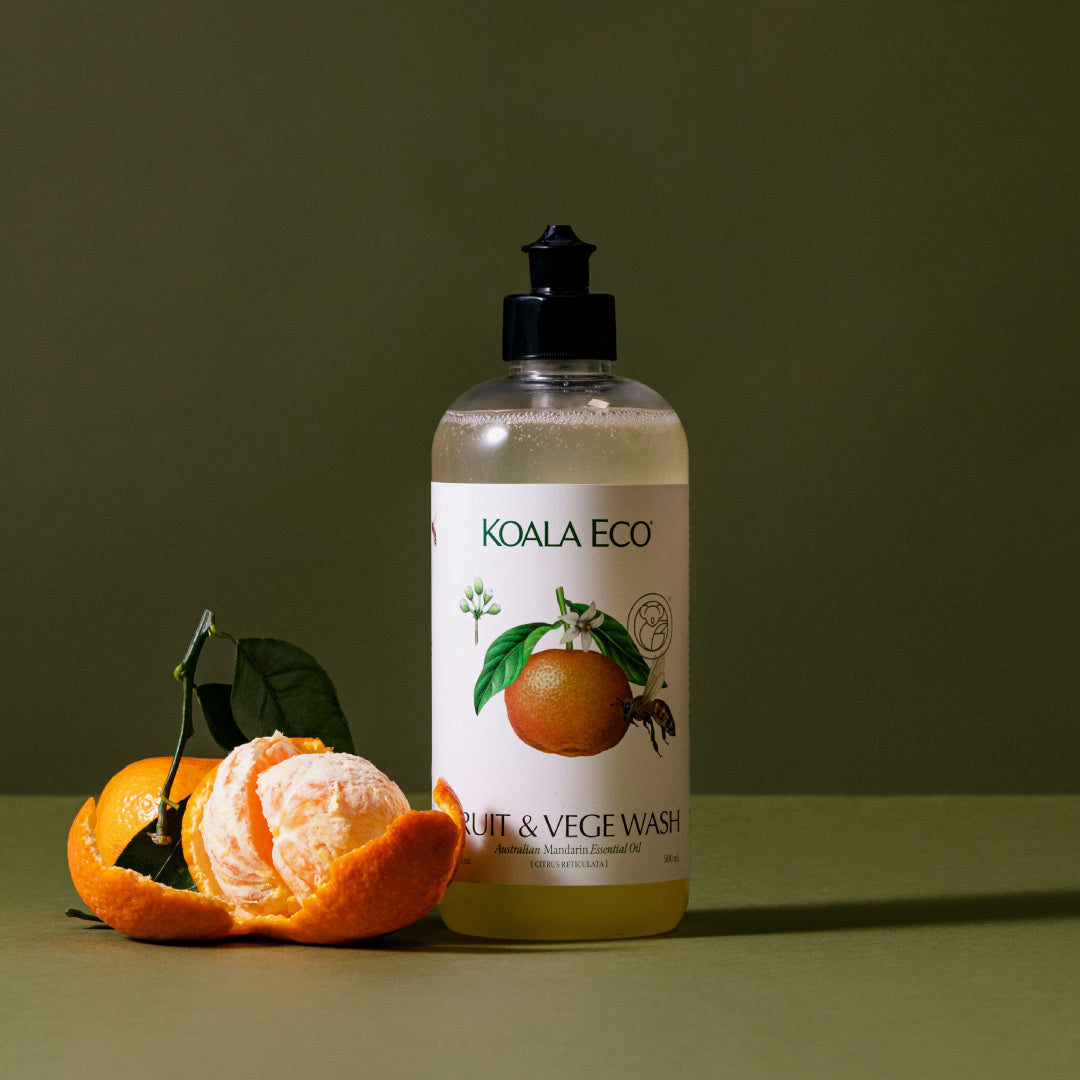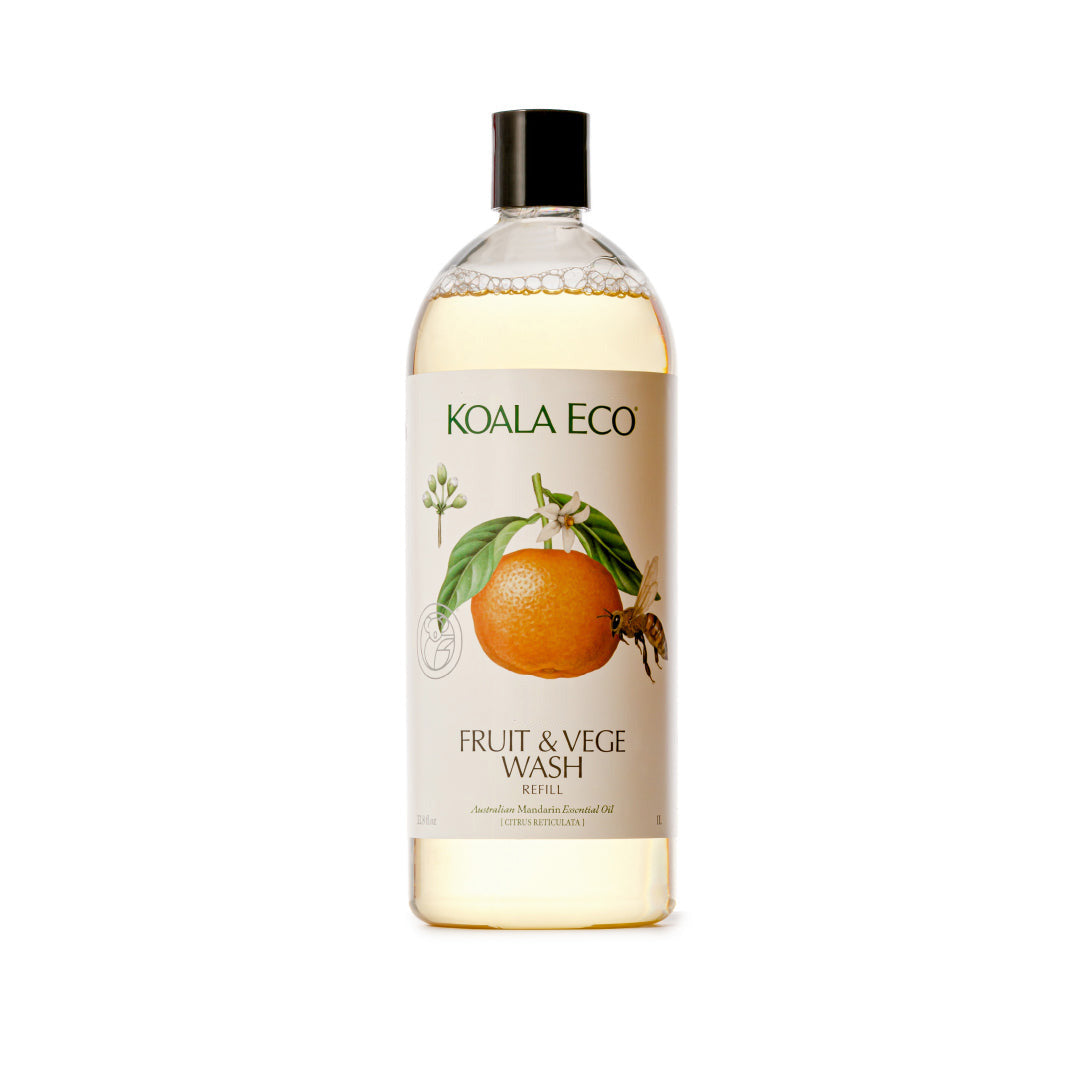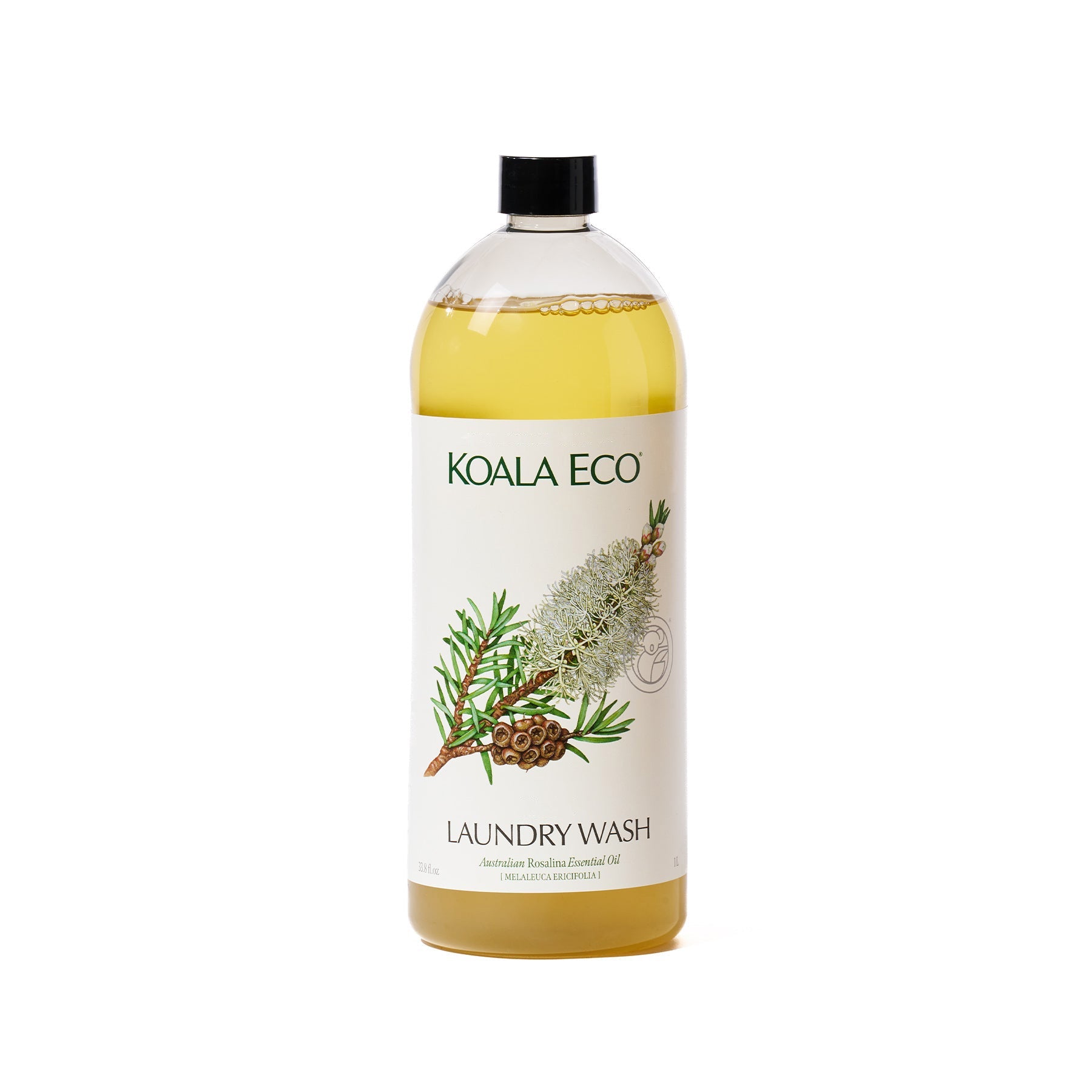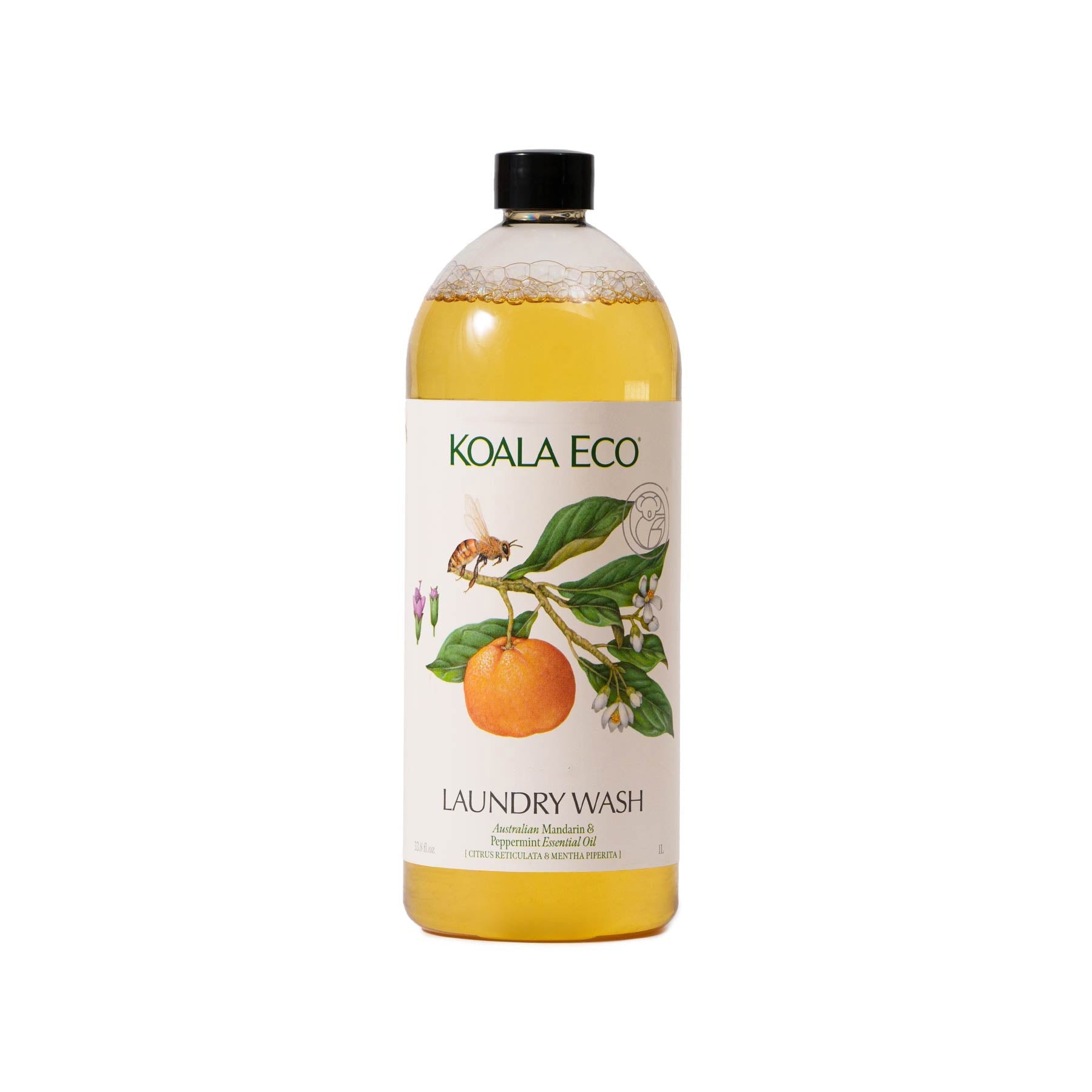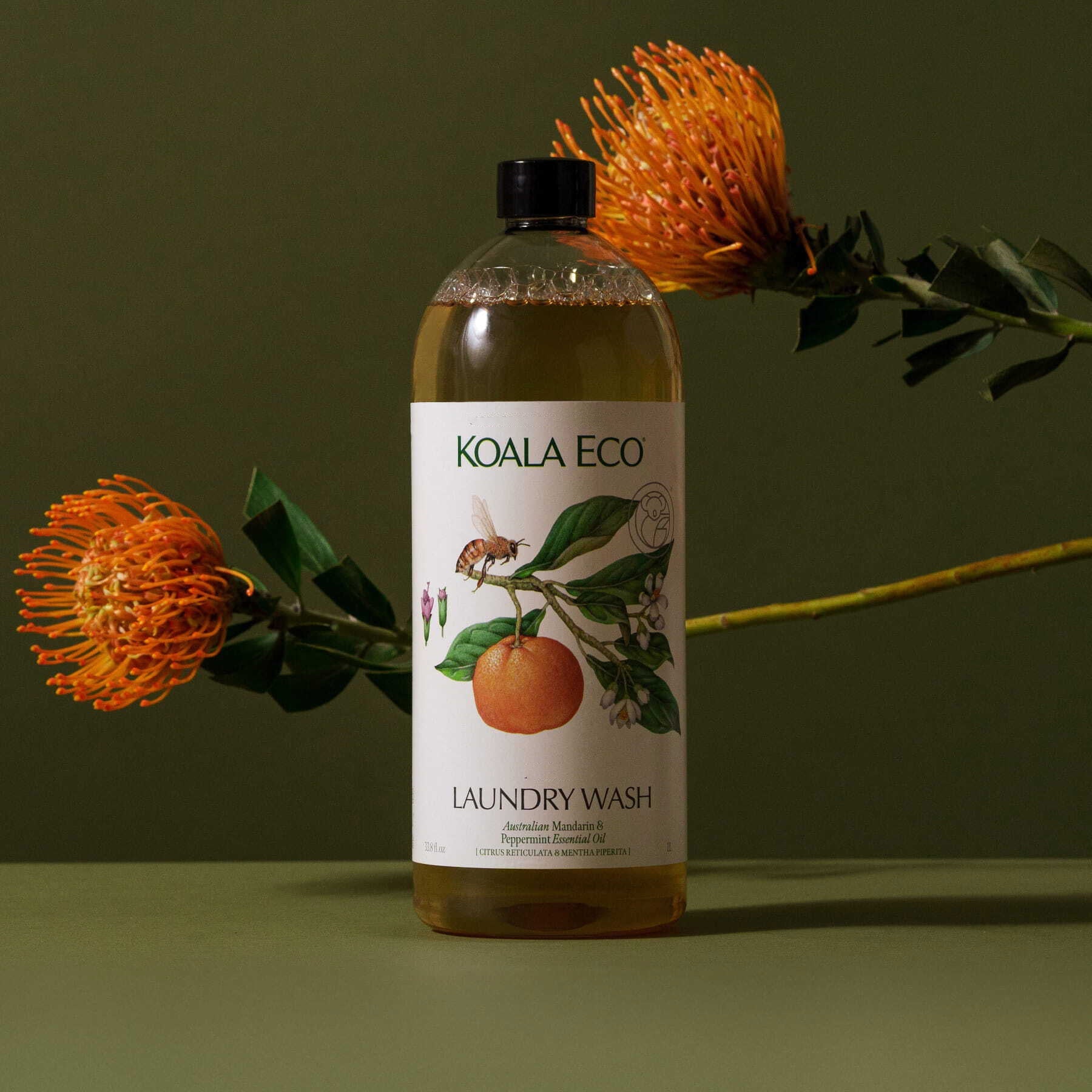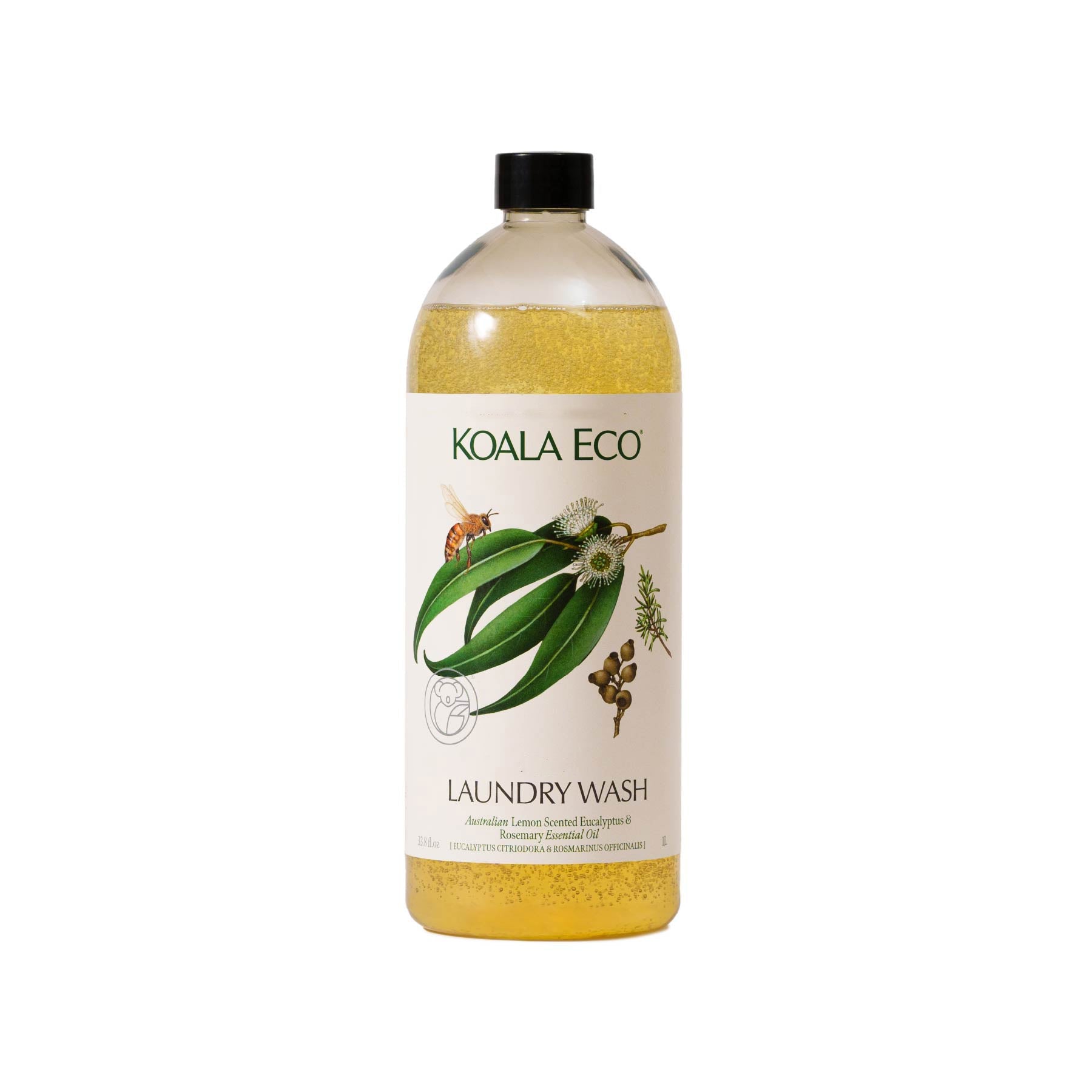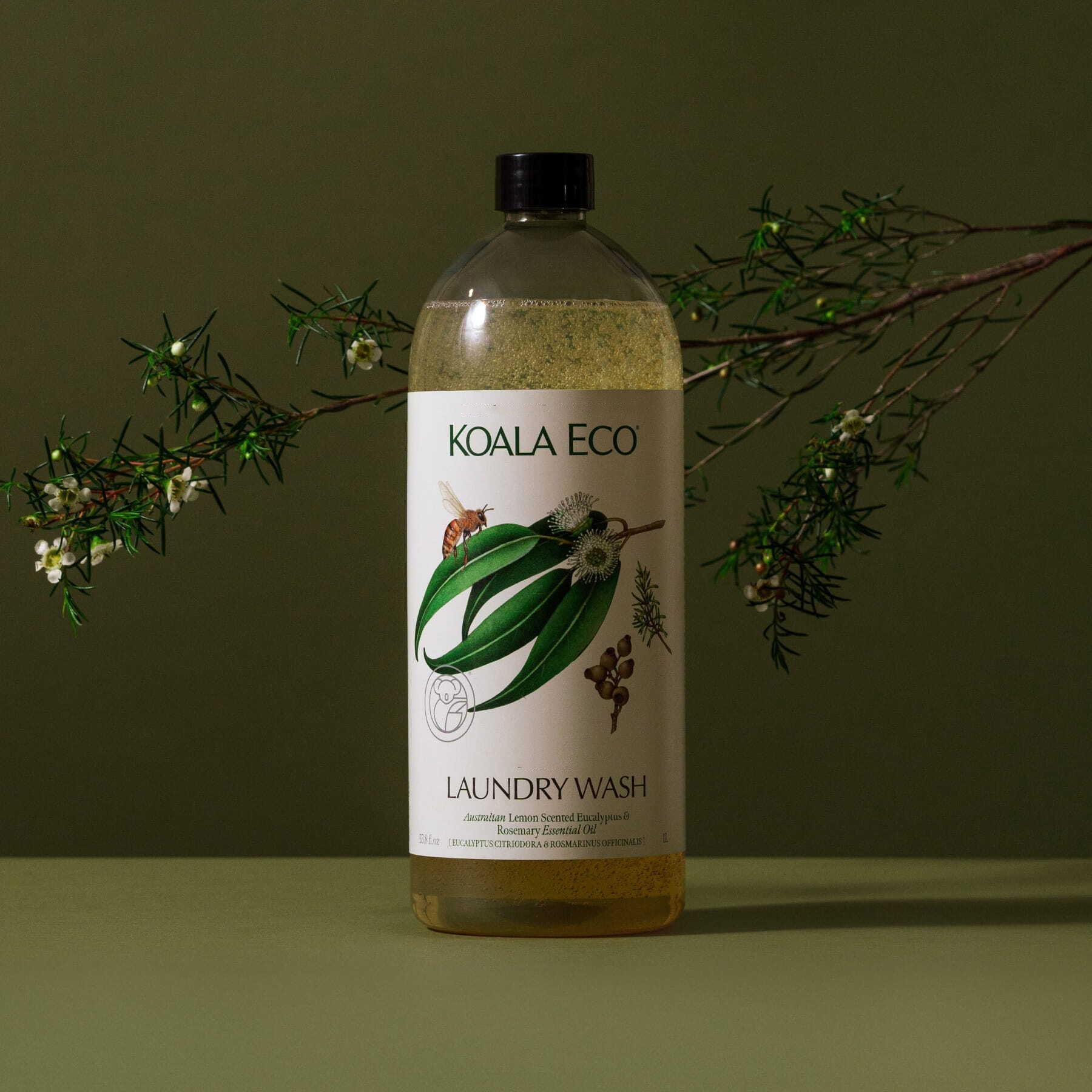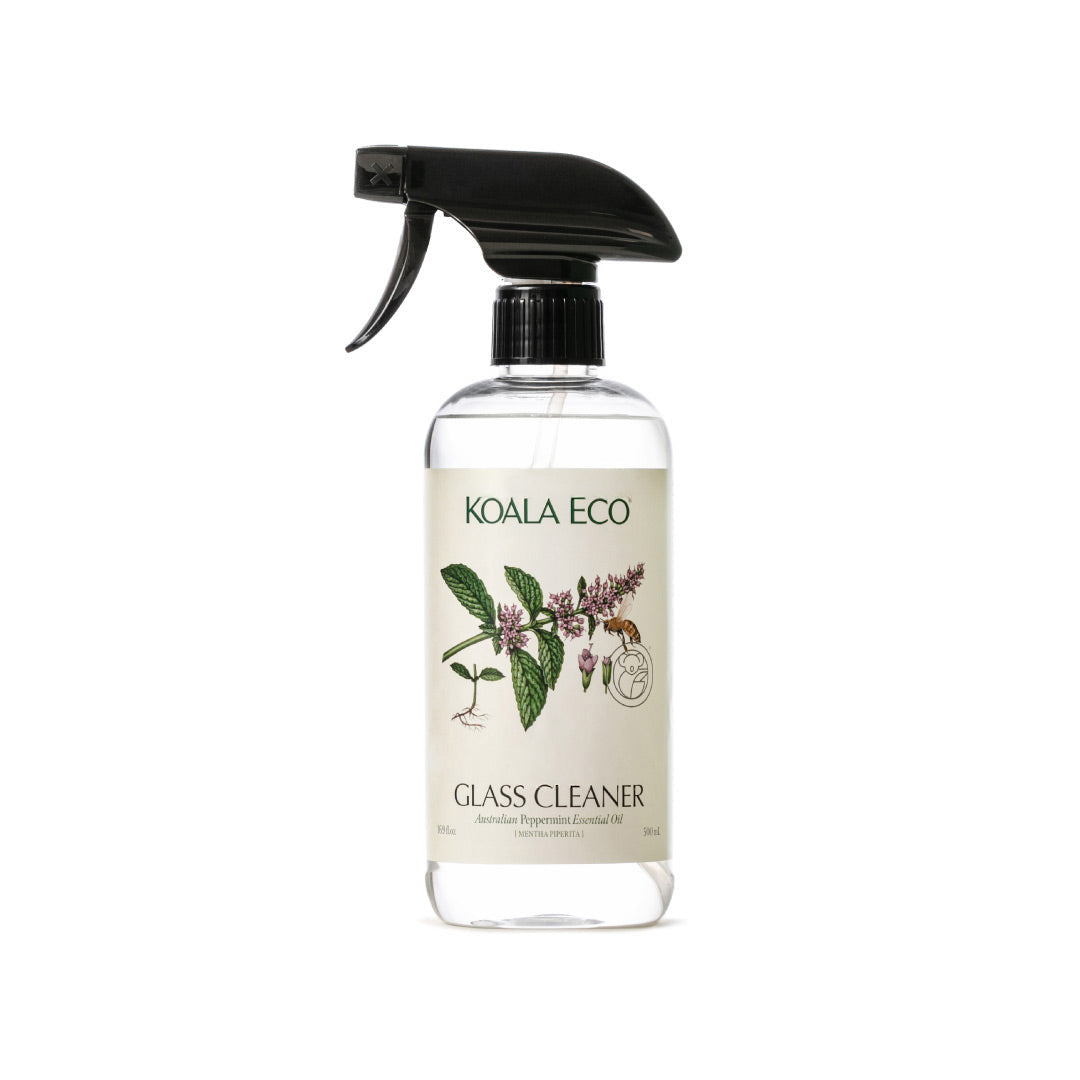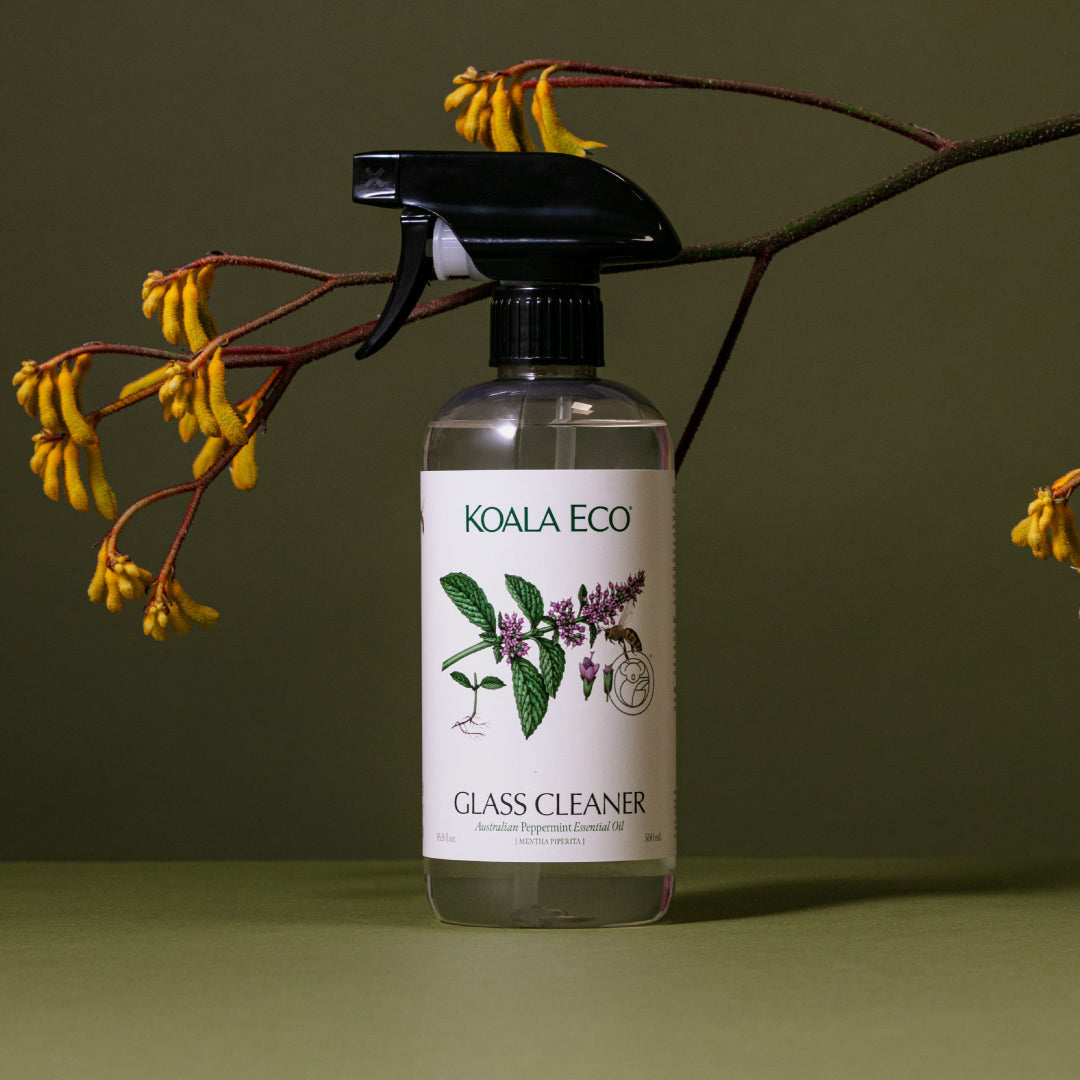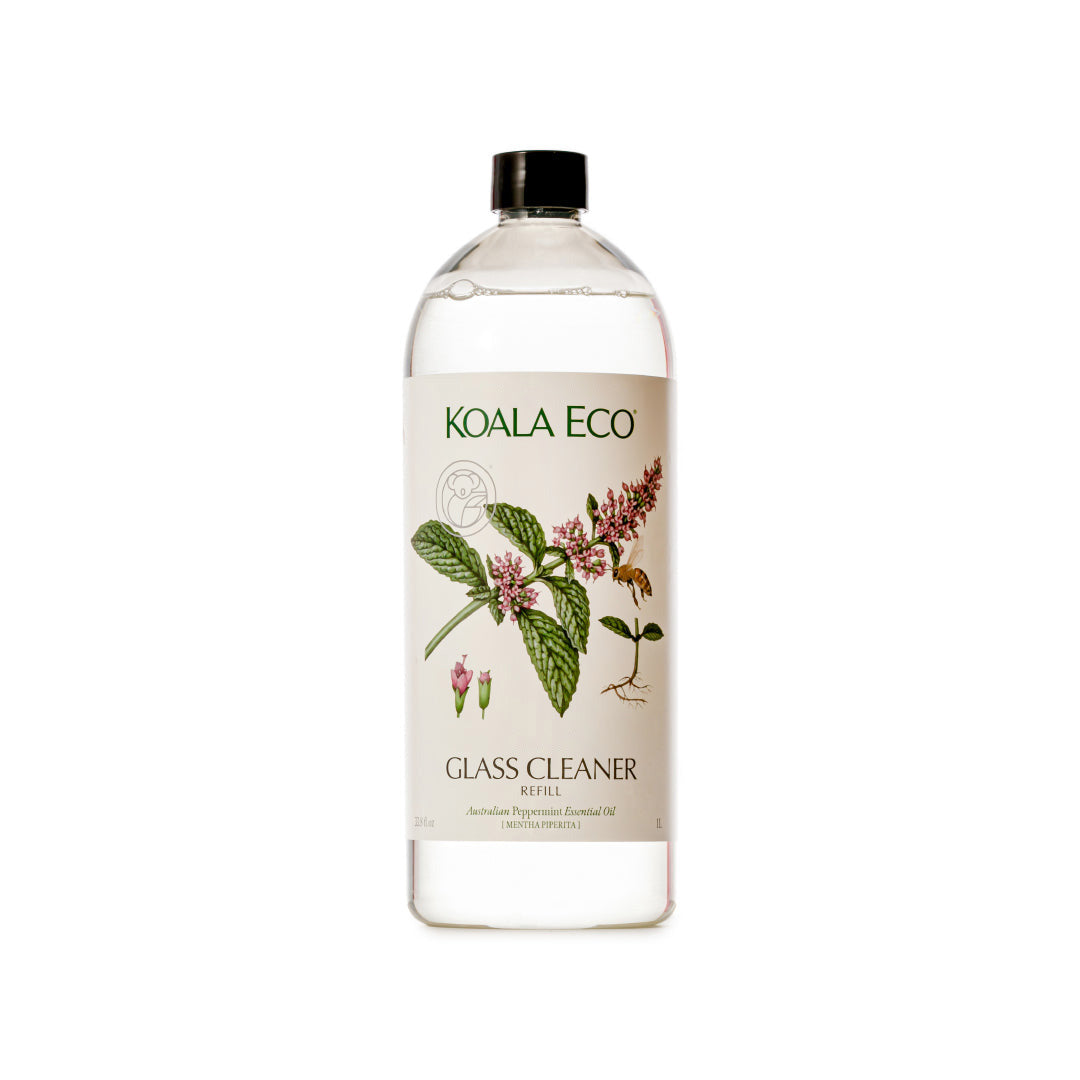Despite being used daily, you likely only clean your fridge when something actually happens; think a rogue sauce explosion or an unidentifiable odor wafting through the space. However, as the workhorse of the kitchen, your fridge requires a thorough cleaning around once a month, with regular wipe downs in between. Between fresh (or formerly fresh) produce, milk and yogurt, various condiments, and stored leftovers, your fridge can get messy quickly — particularly if you’re not a stickler for checking expiration dates and regular cleanouts.
Cleaning your fridge regularly isn’t just necessary to eliminate odours and stains, it’s also necessary to maintain good household health. While fridge temperatures are optimised to keep your food fresher for longer, they’re not always low enough to prevent the growth of germs, with fridges often a breeding ground for listeria, a foodborne bacteria. Fortunately, giving your fridge a deep clean goes a long way towards keeping it clean in the long term.
Take everything out
Truly cleaning your fridge goes beyond a perfunctory post-spill wipe down. To achieve a thorough clean, you need to completely empty out your fridge. Start by removing all food items from your fridge and freezer and dispose of any items that look (or smell) off or are past their expiration date.
Get scrubbing
Most fridges have removable shelves and crisper drawers, making them easier to clean. Start by removing these and cleaning them in the sink using Koala Eco Natural Dish Soap and lukewarm water. Rinse them off and wipe away excess moisture using a soft bamboo or microfibre cleaning cloth. For regular cleanings, disposing of expired food and scrubbing the shelves and crisper drawer should suffice.
For deep cleans, move onto the internal compartment. Spray our Natural Multi-Purpose Kitchen Cleaner over the entirety of the surface and let it sit for ten minutes before wiping with a bamboo cleaning cloth. Like our Natural Dish Soap, it’s powered by lemon myrtle and mandarin essential oils, which work to kill germs and bacteria (to prevent foodborne pathogens from spreading) while deodorising the space.
Return everything to its place
Set your fridge to 5°C or less to inhibit bacterial growth. Then, put your fridge back together by working in reverse; ensure shelves and drawers are completely dry before sliding them back into place. If your condiments and sauces are prone to spillage, you may want to consider placing reusable liners in the condiment drawer to catch leaks and spills. A general rule of thumb is to place food items you use regularly front and centre, while lesser used ingredients can be slotted into harder-to-reach corners. It’s also important to note that the warmest section of a fridge is the door, so avoid placing anything with a short shelf life (such as milk and yogurt) in this section.


![The Sunday Reset - Inspired by Pink Grapefruit [Citrus paradisi]](http://usa-koala-eco.myshopify.com/cdn/shop/articles/KoalaEco-2025-Sunday_Reset-Pink_Grapefruit-Journal_Banner.jpg?v=1762548512&width=2000)

